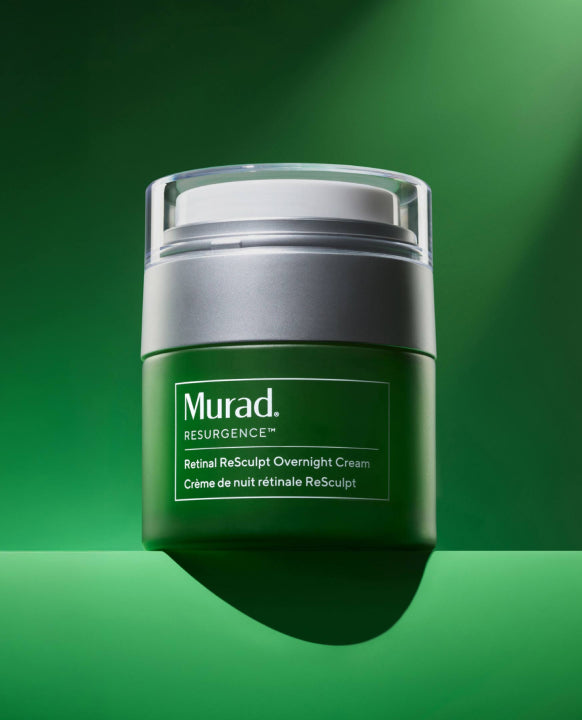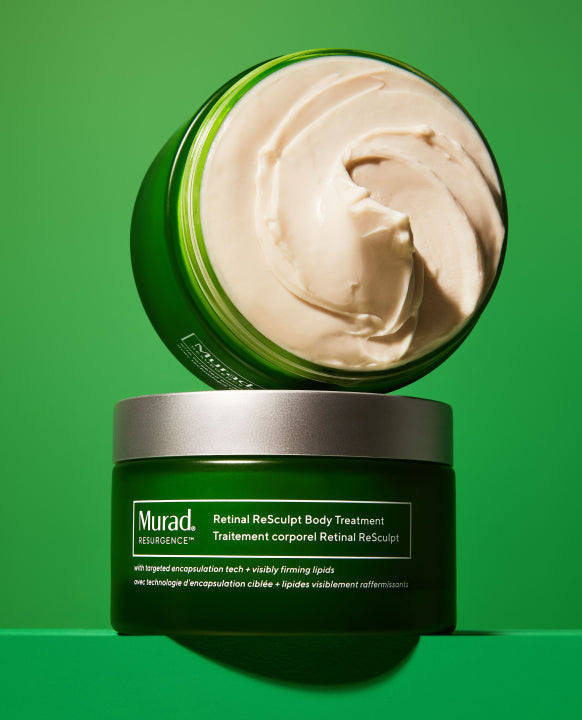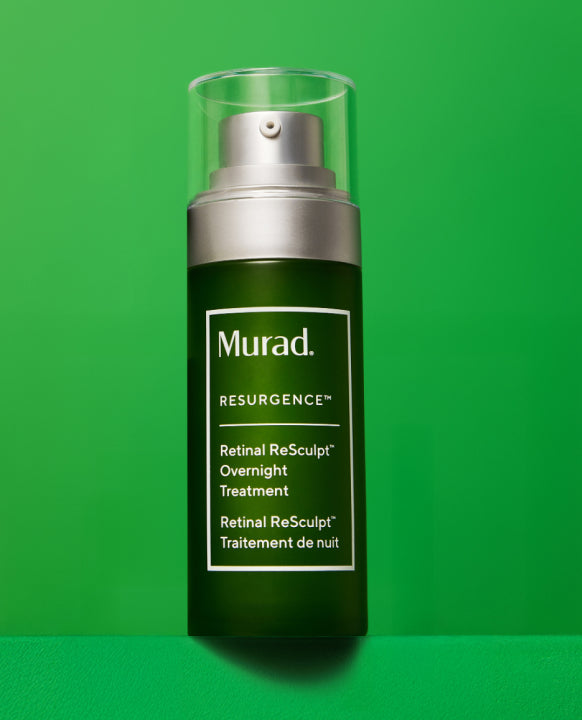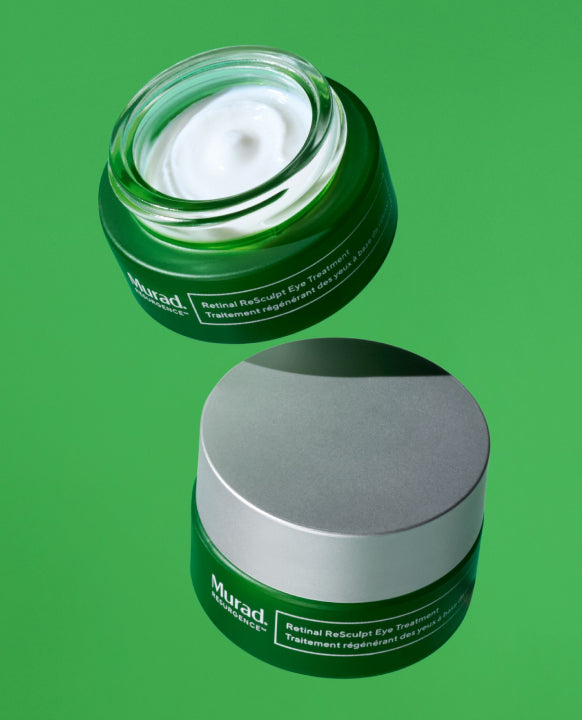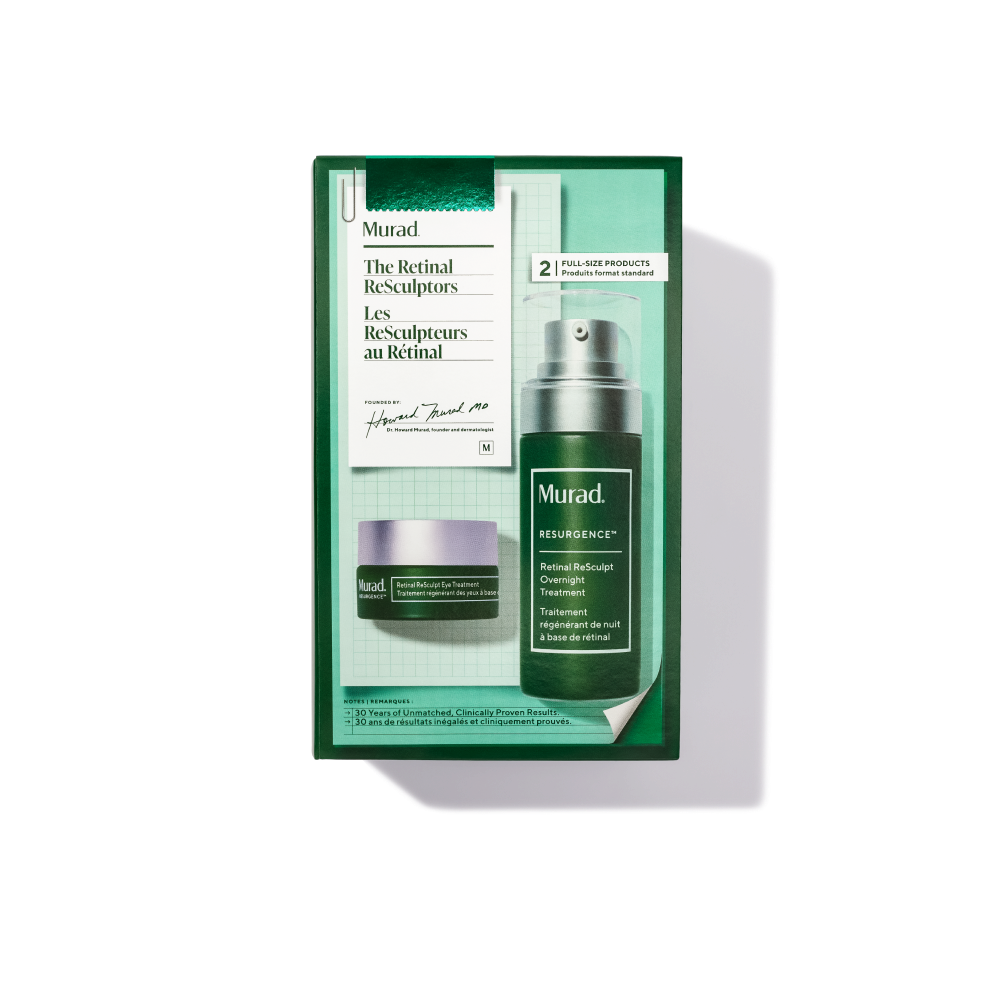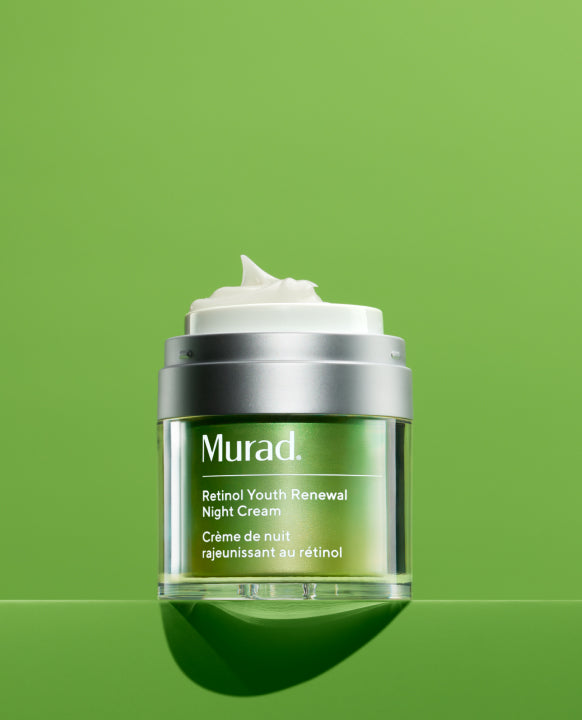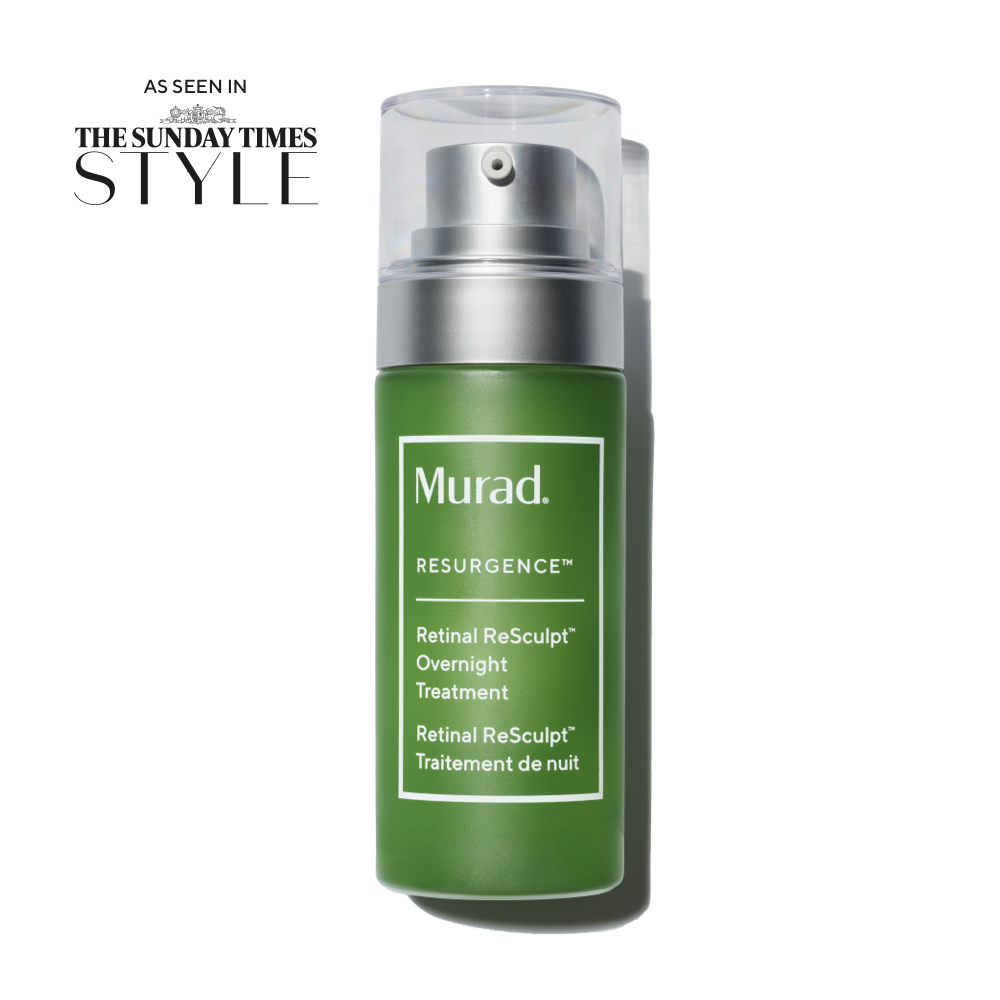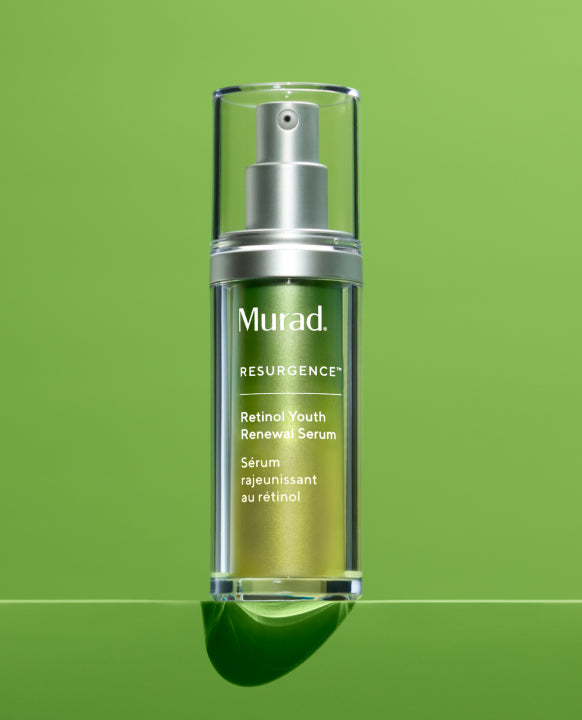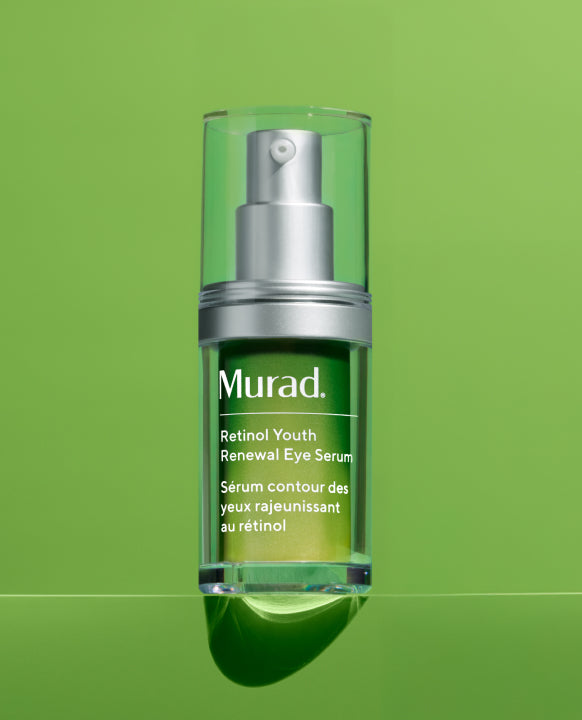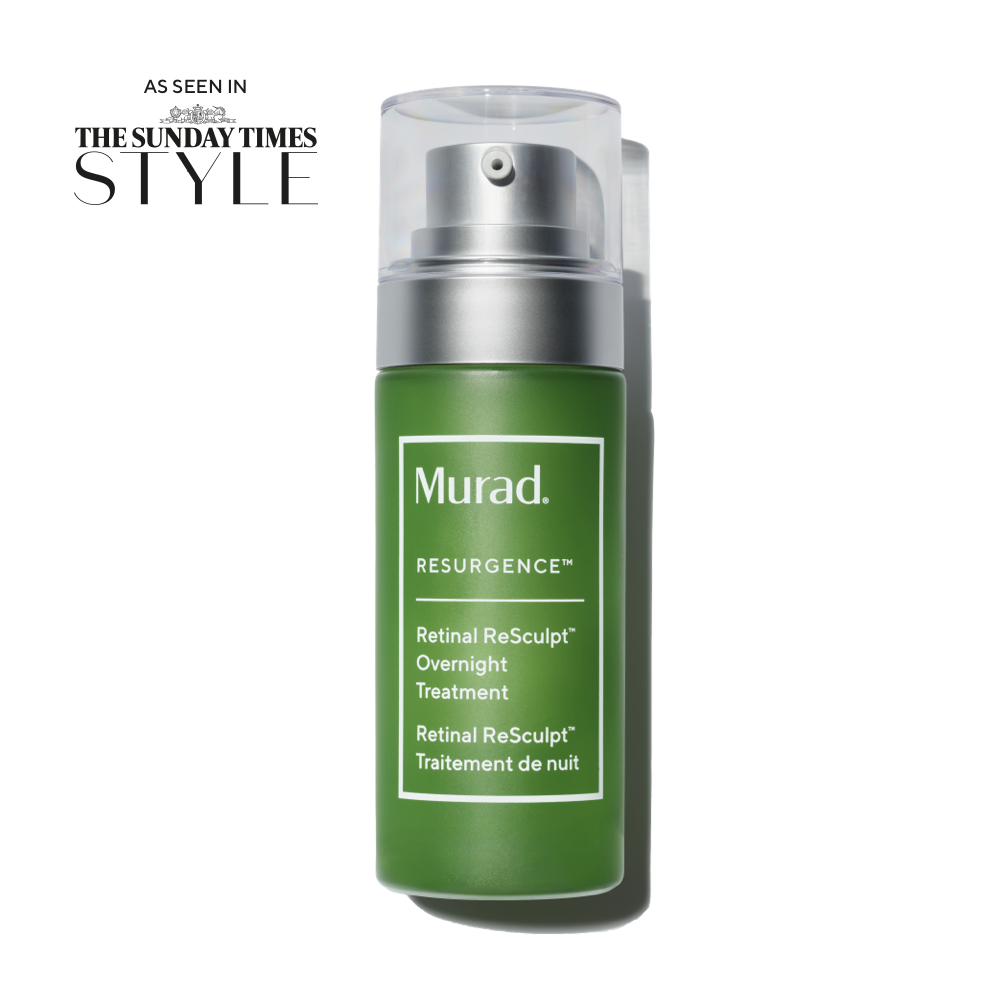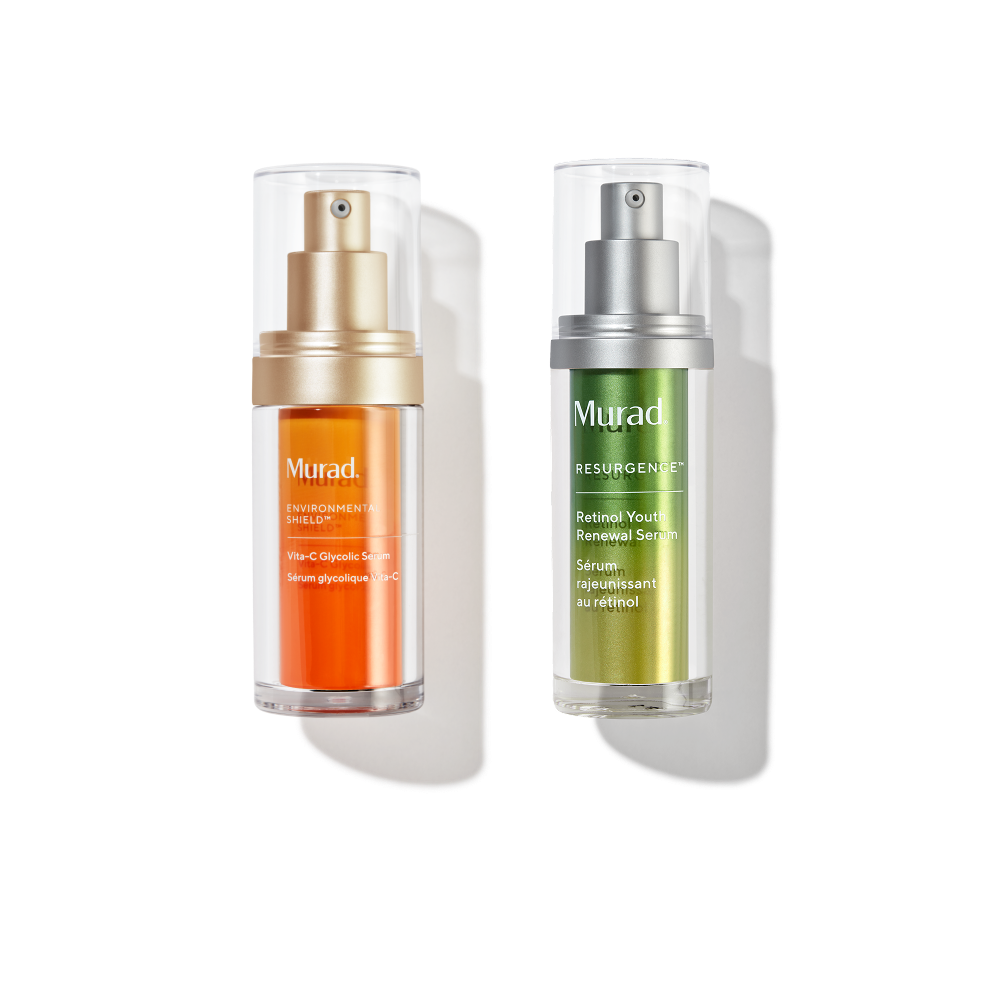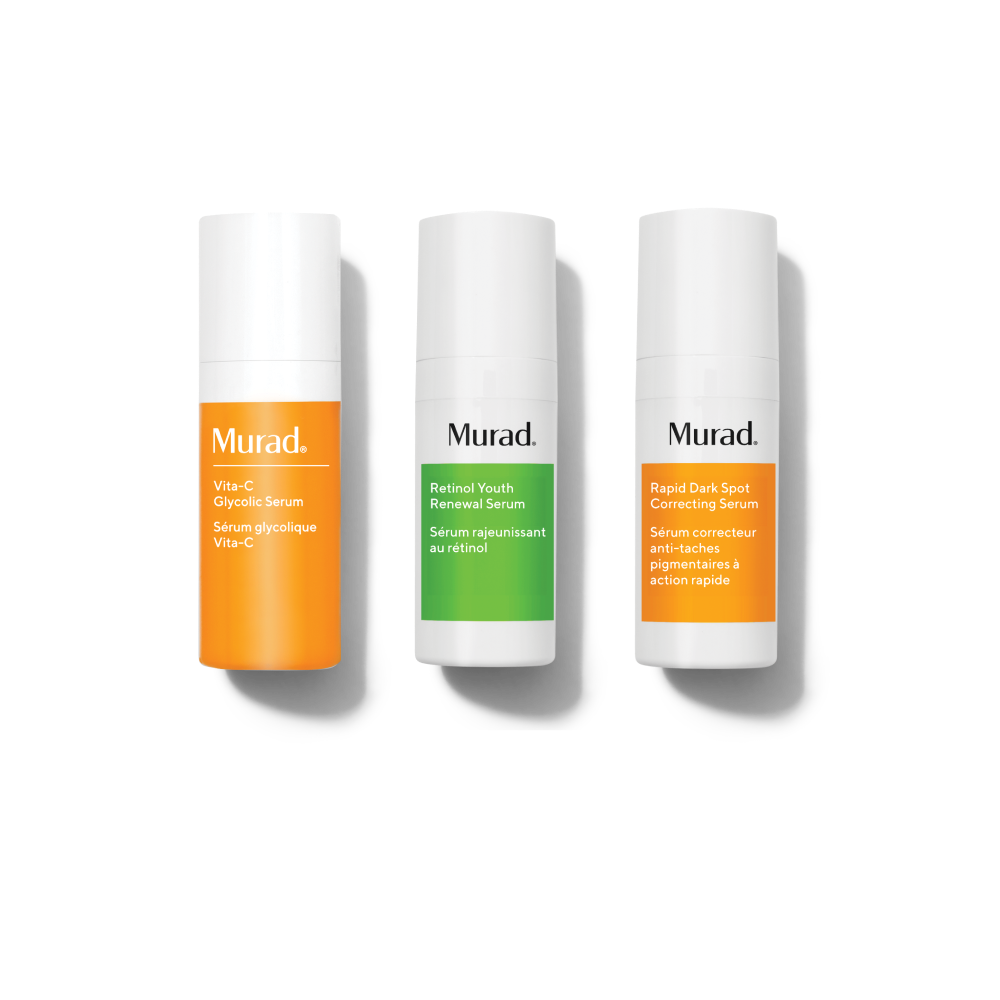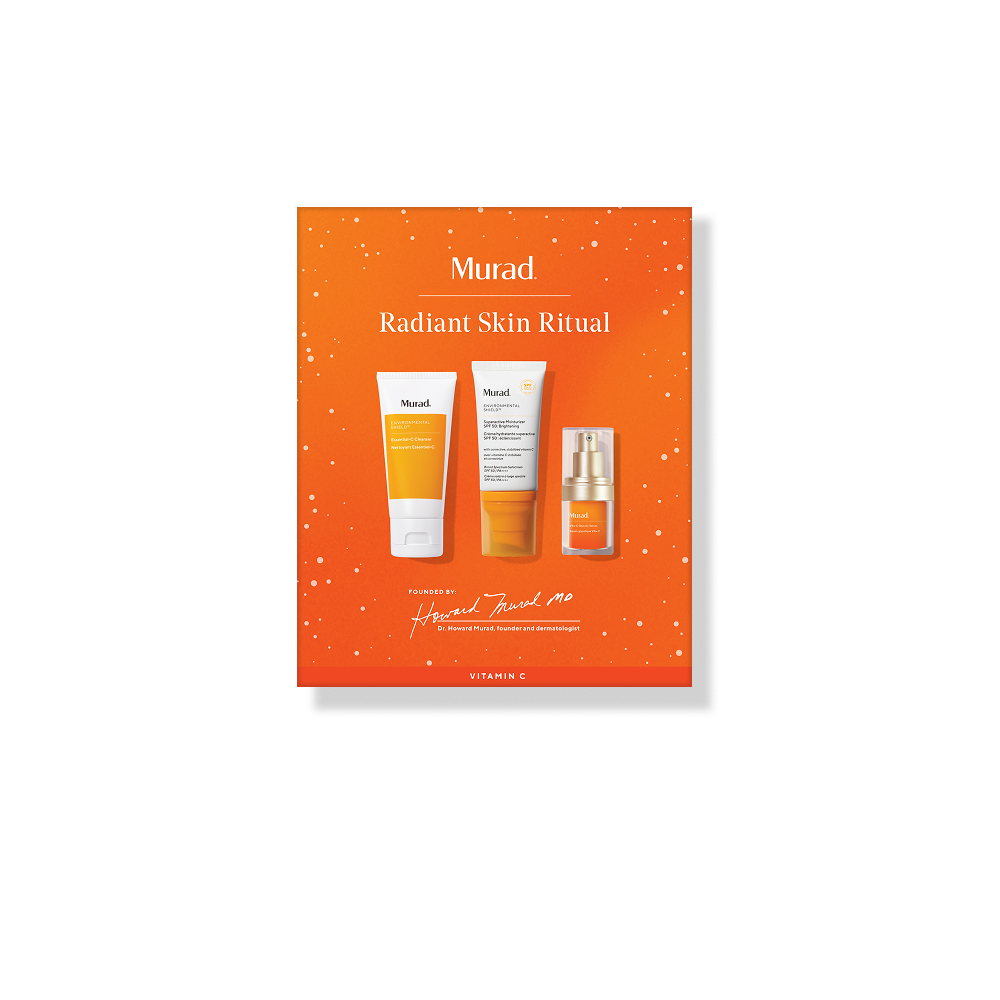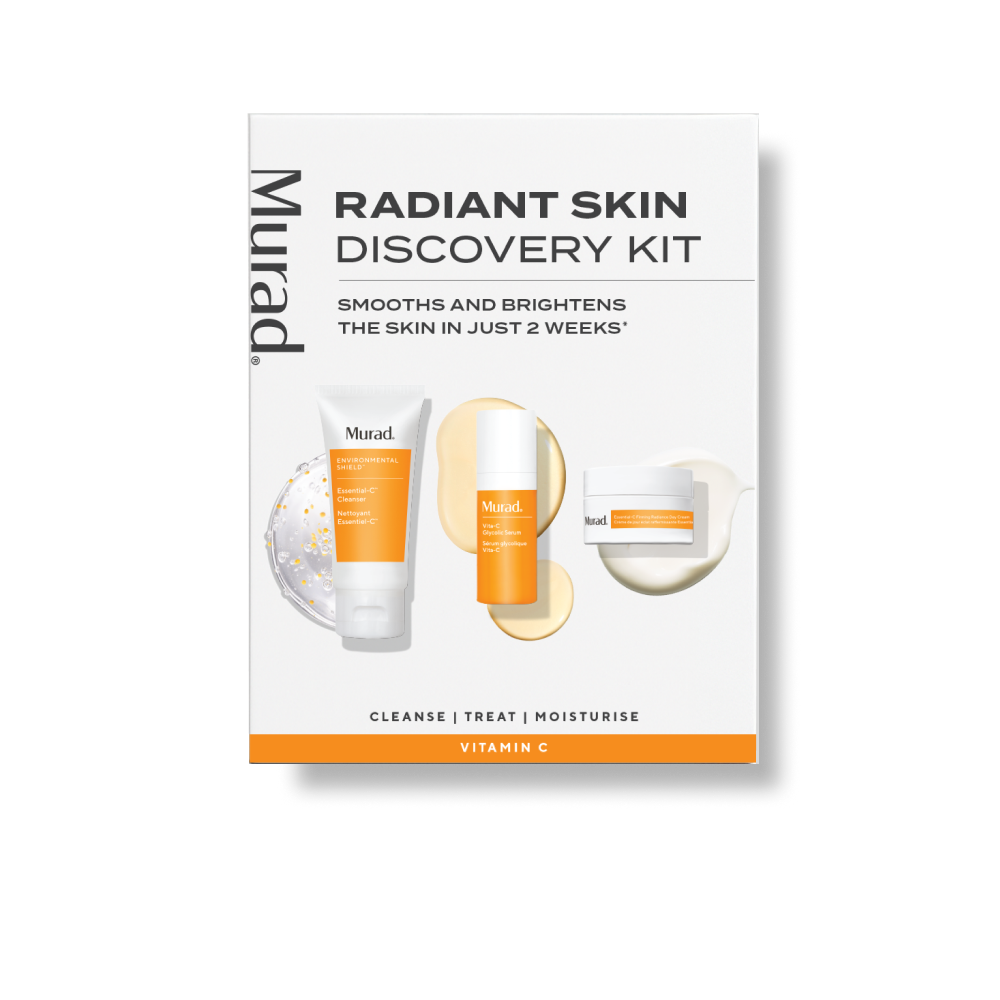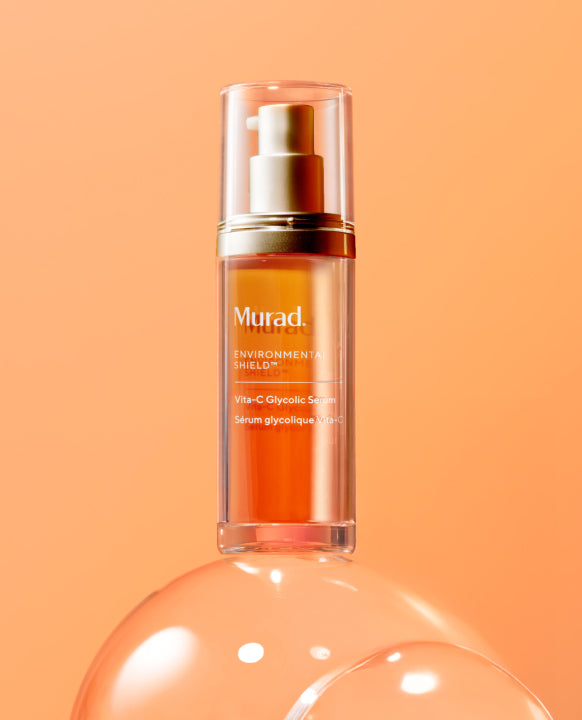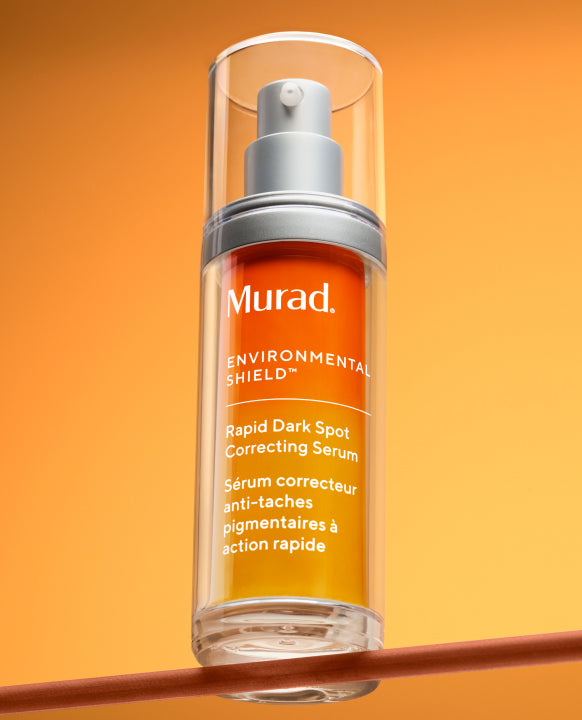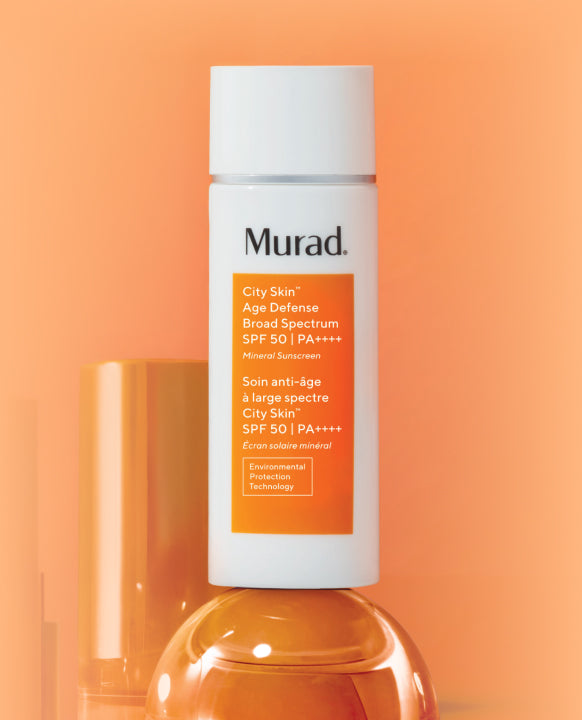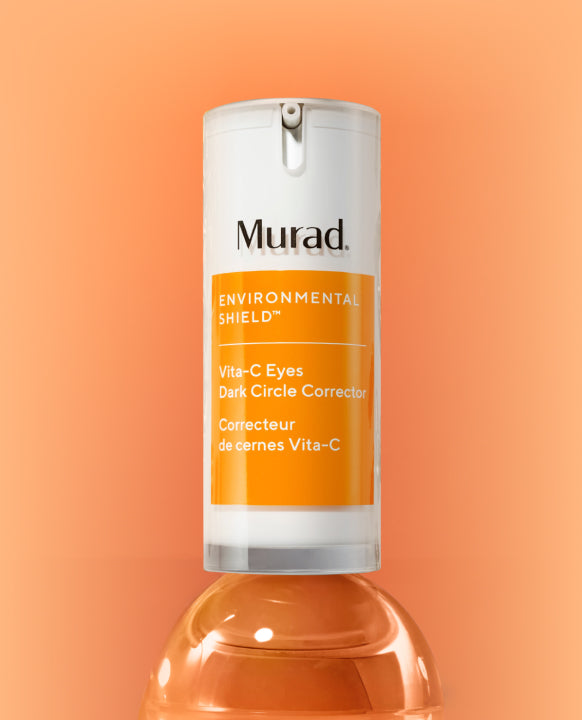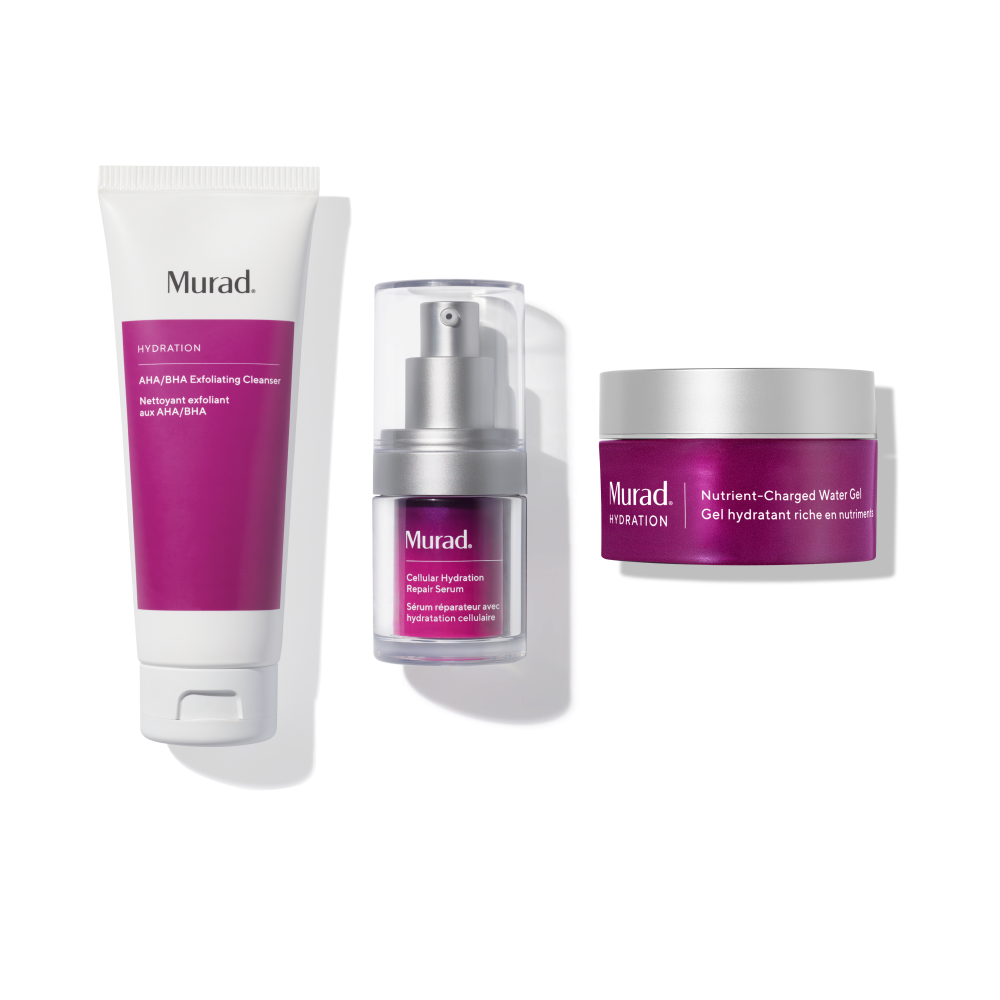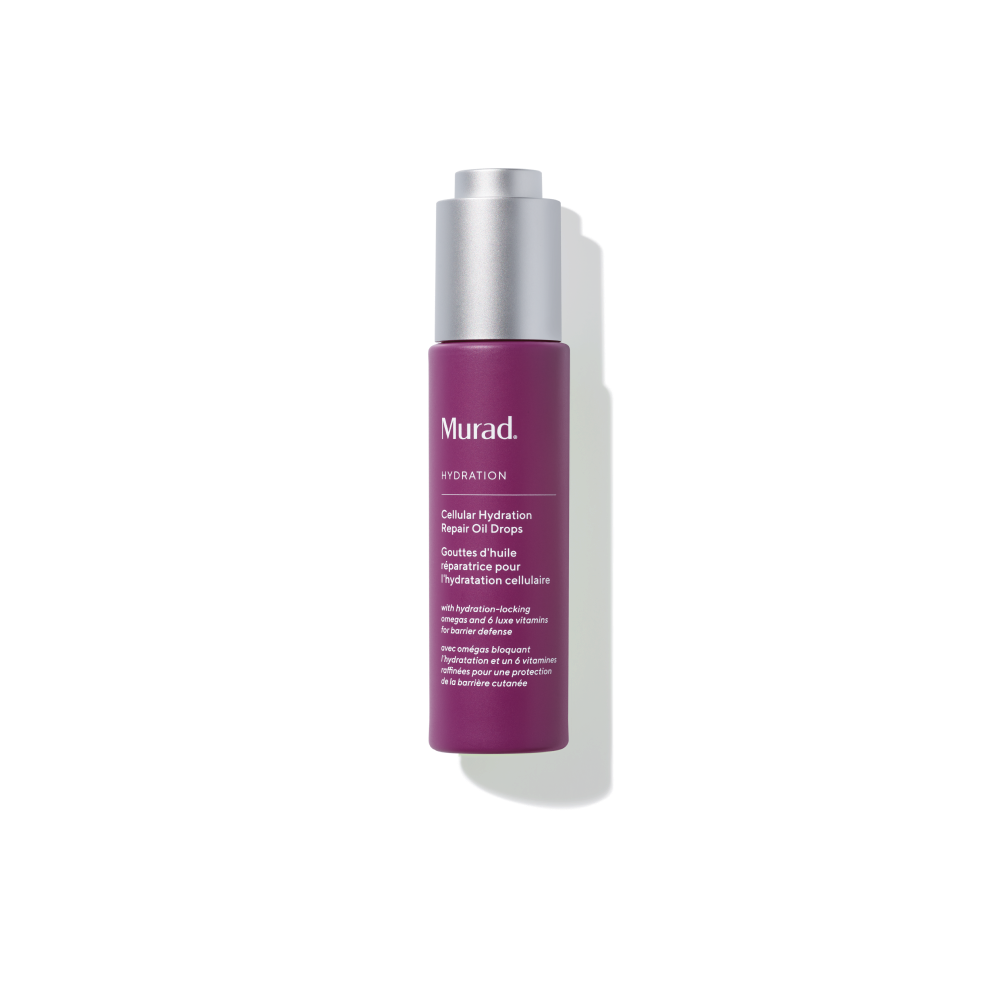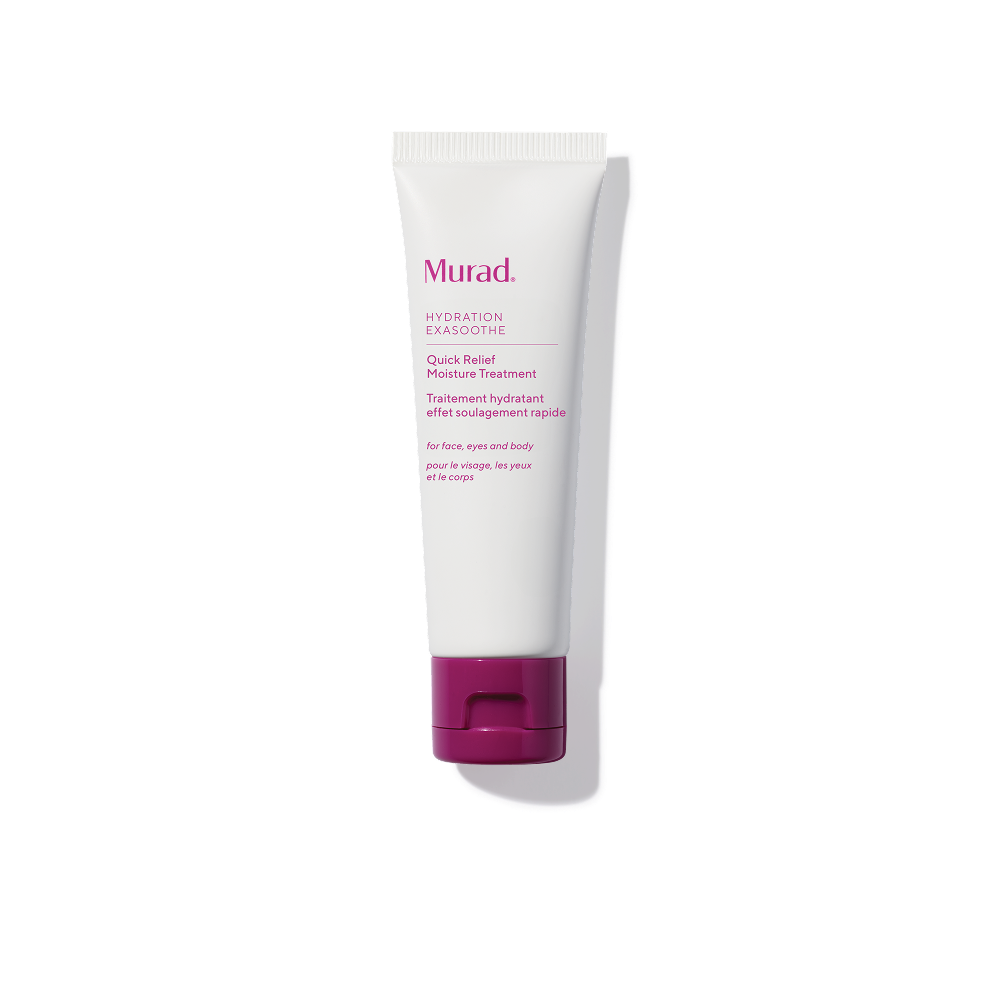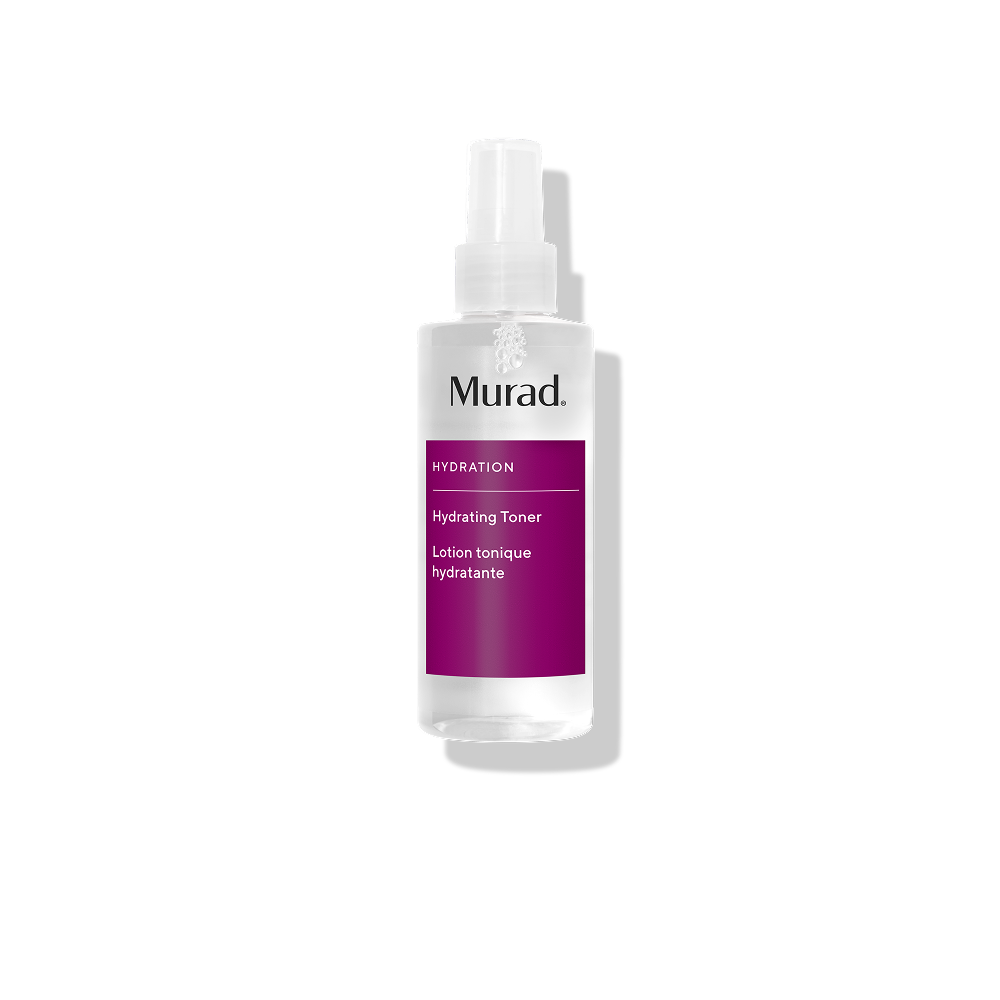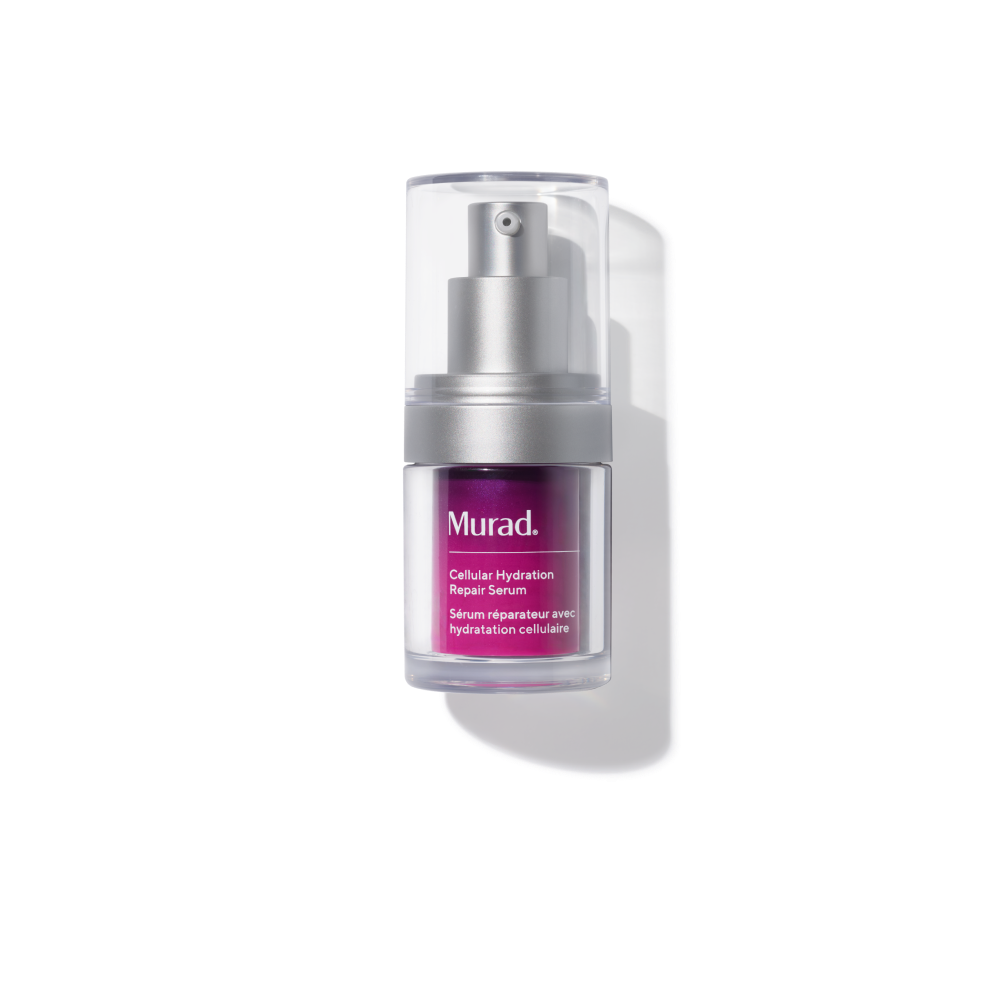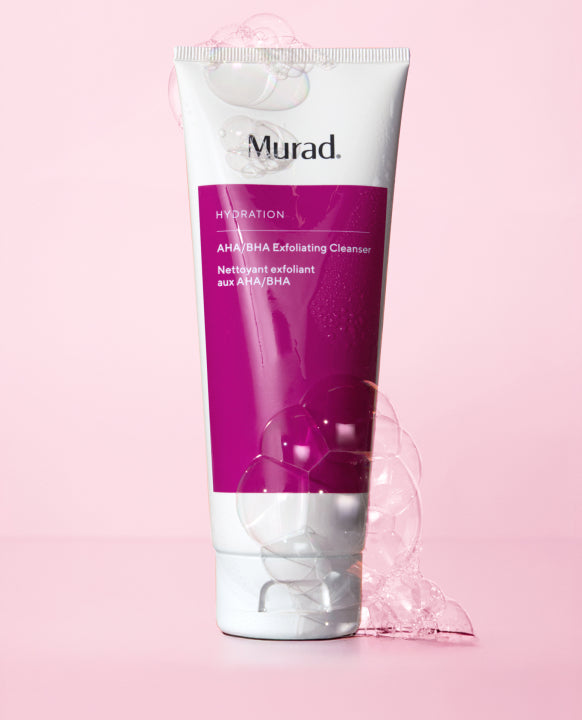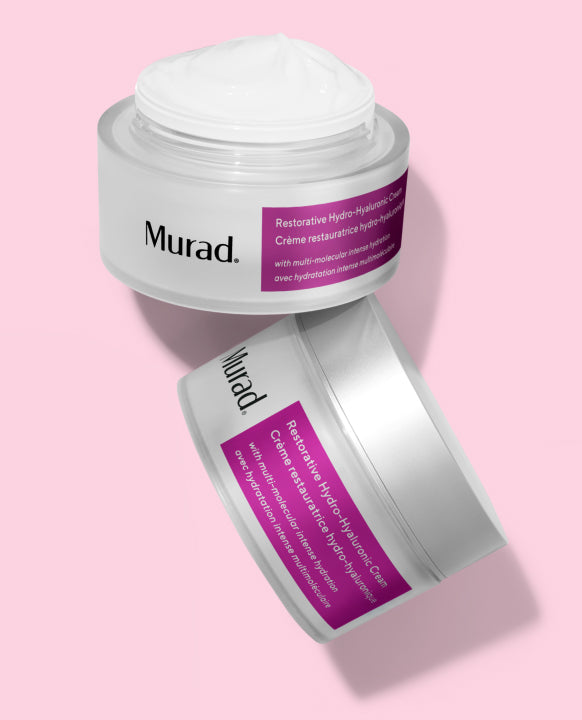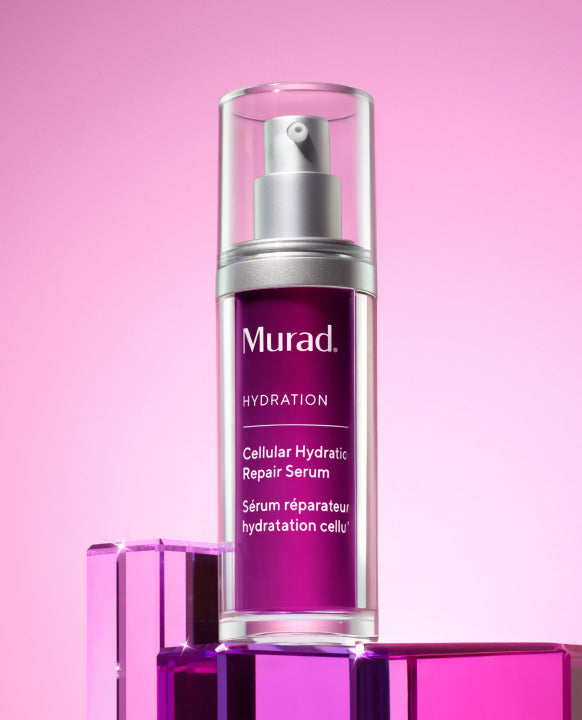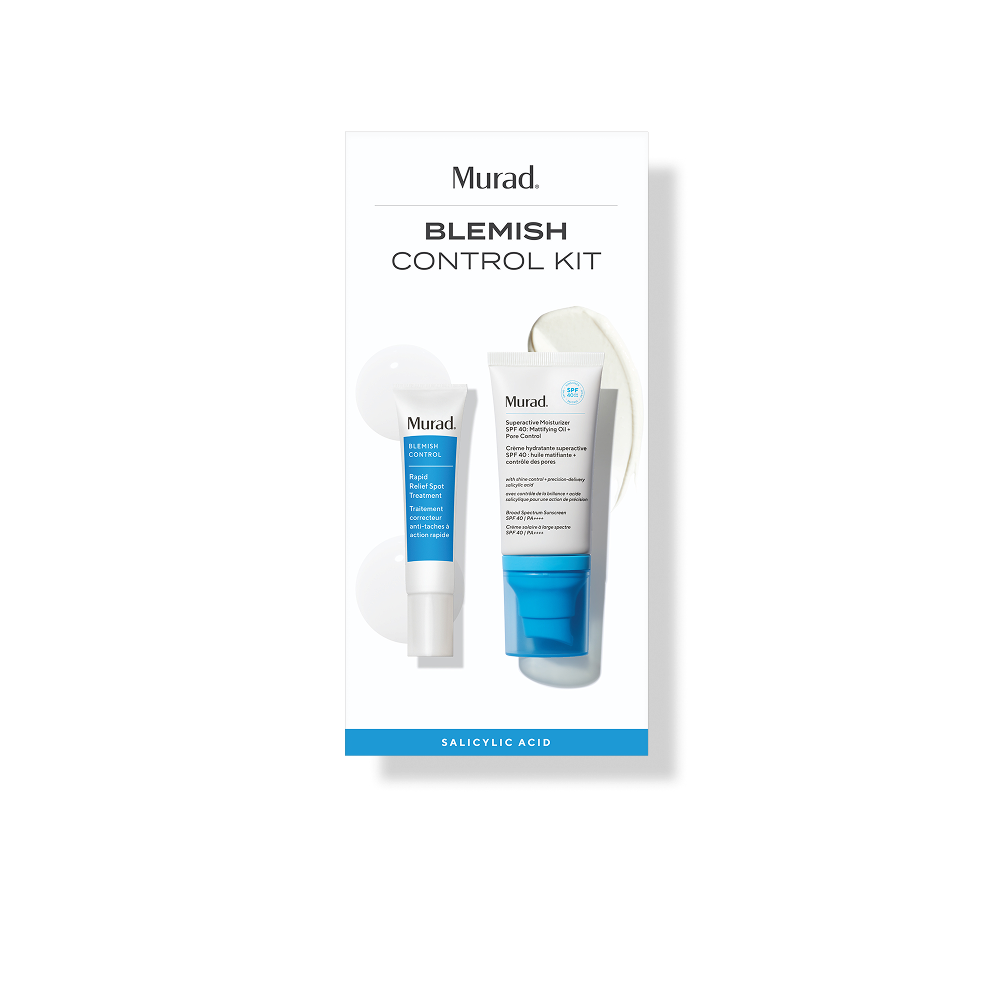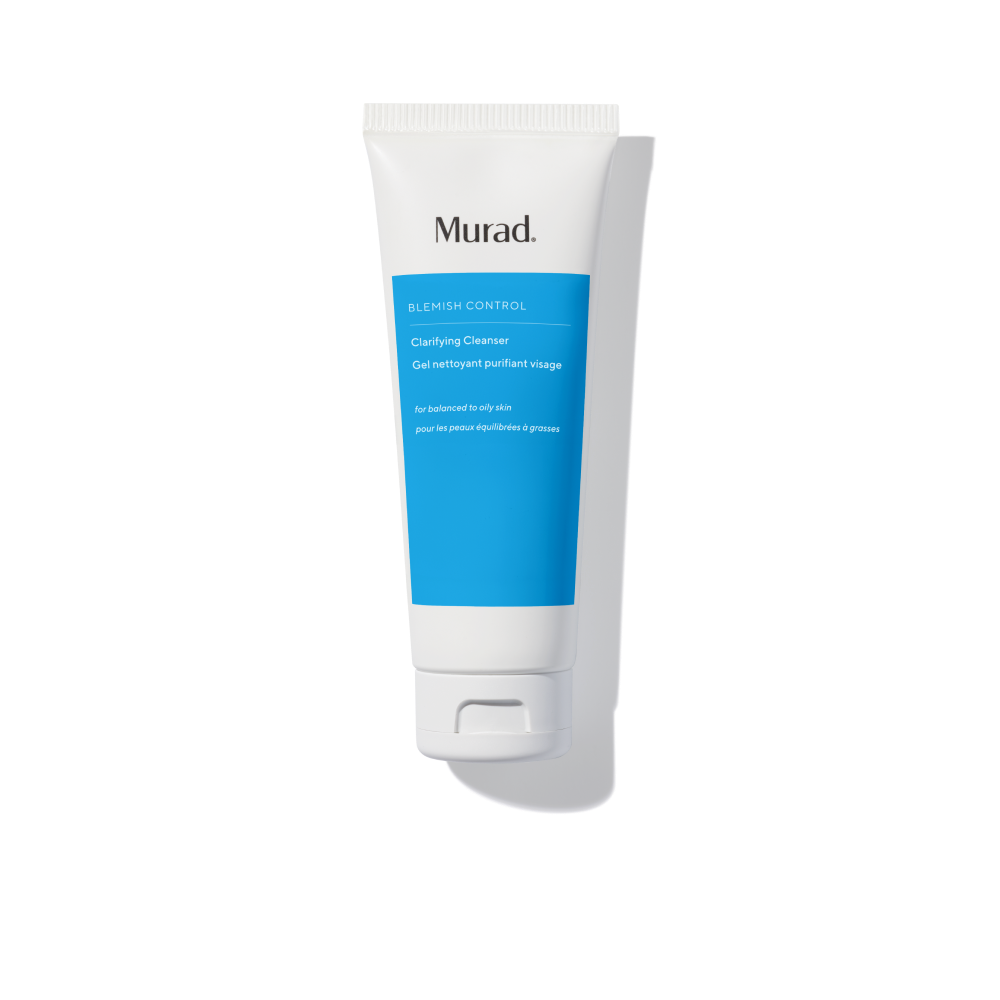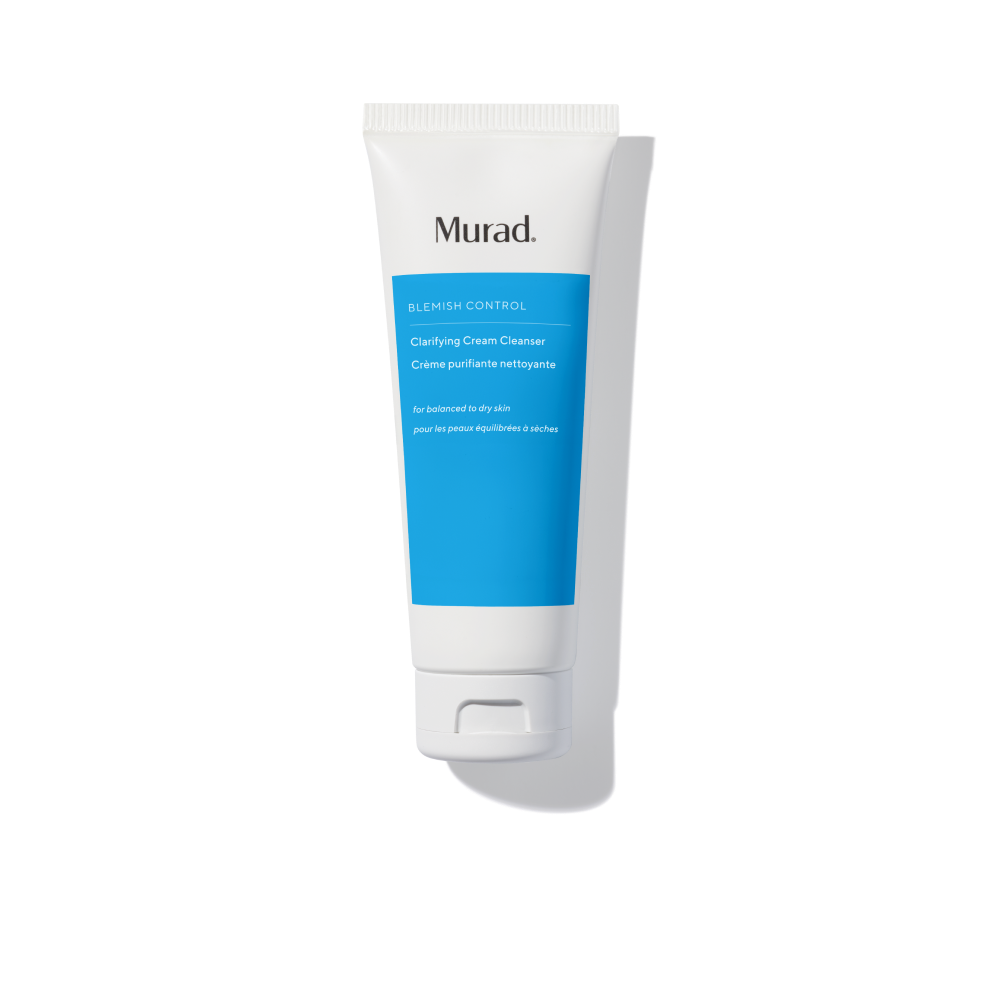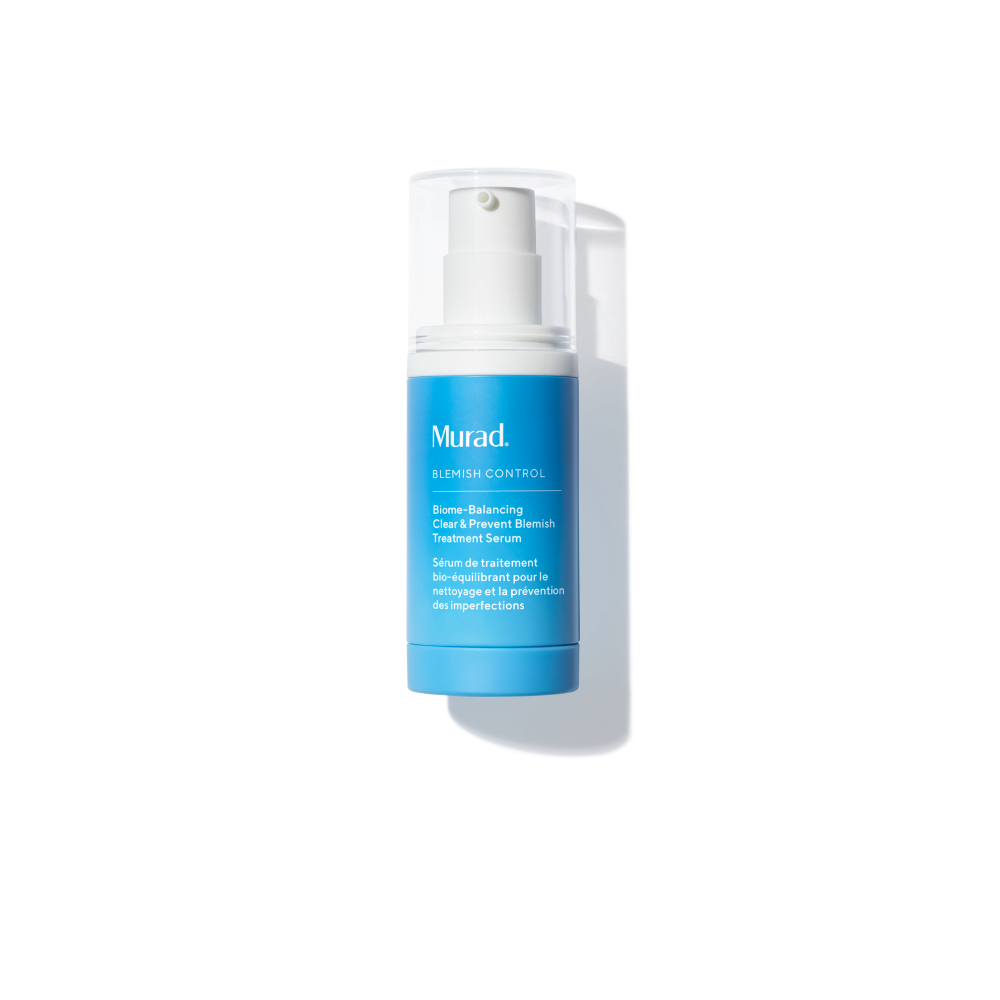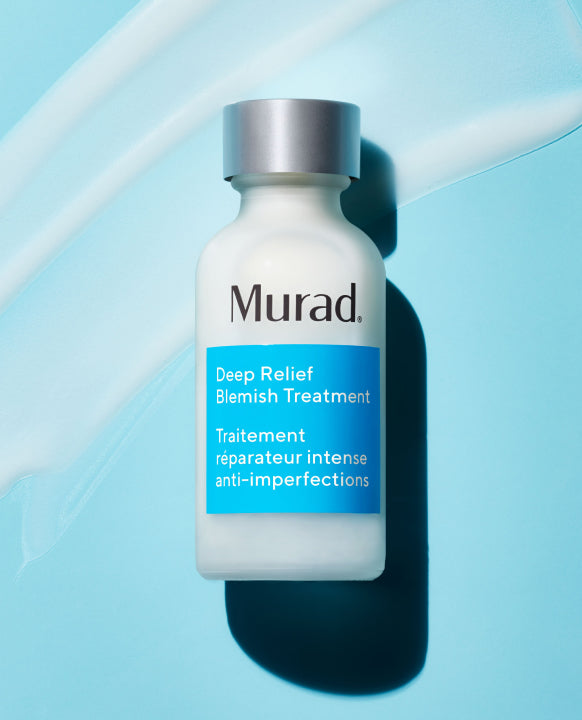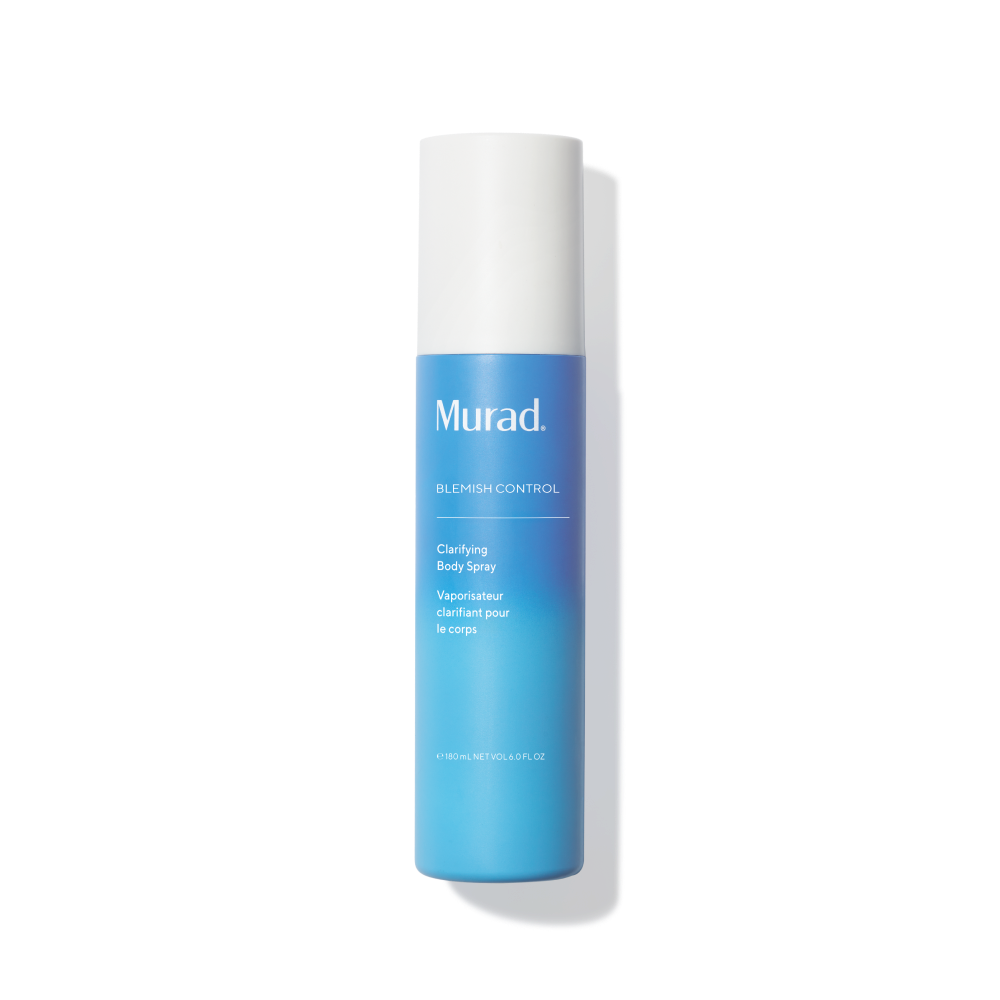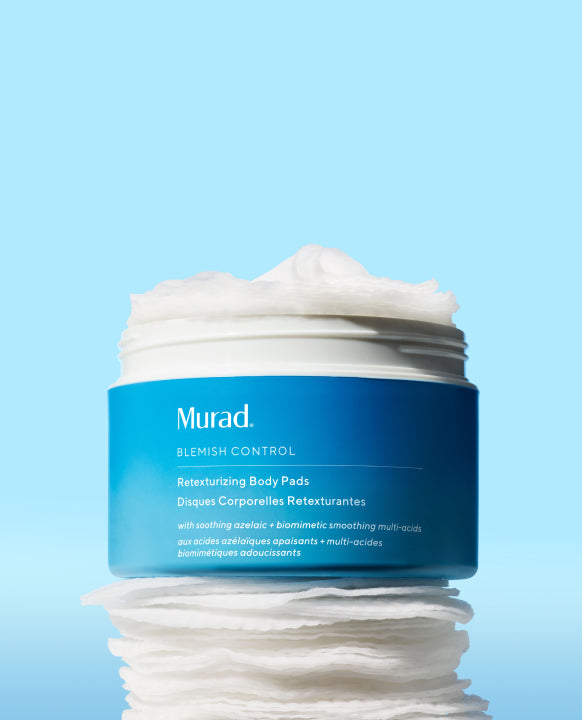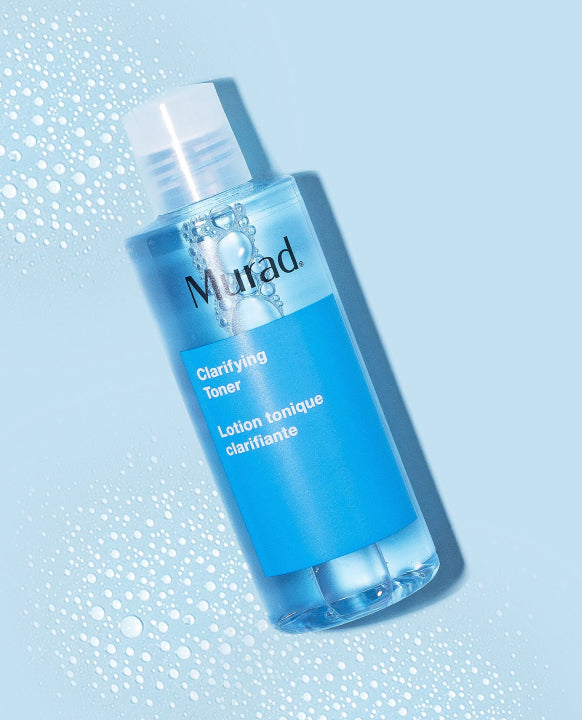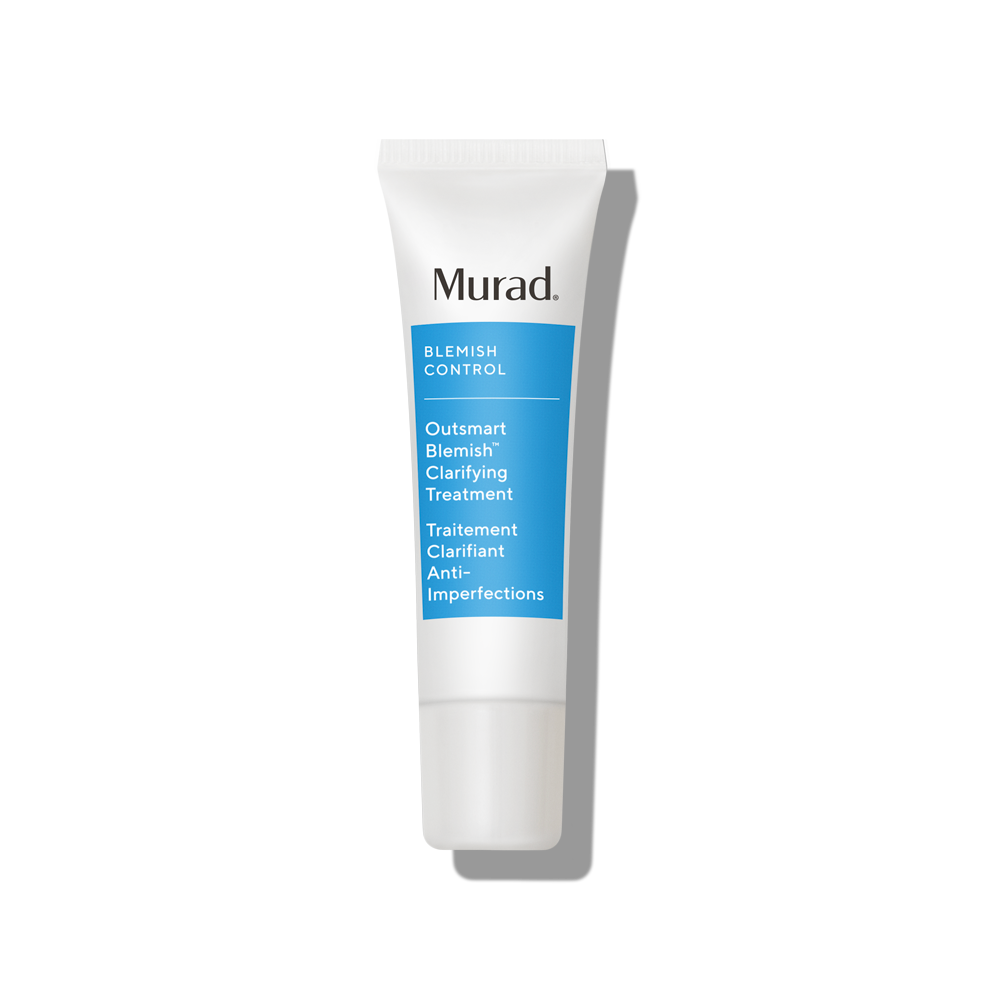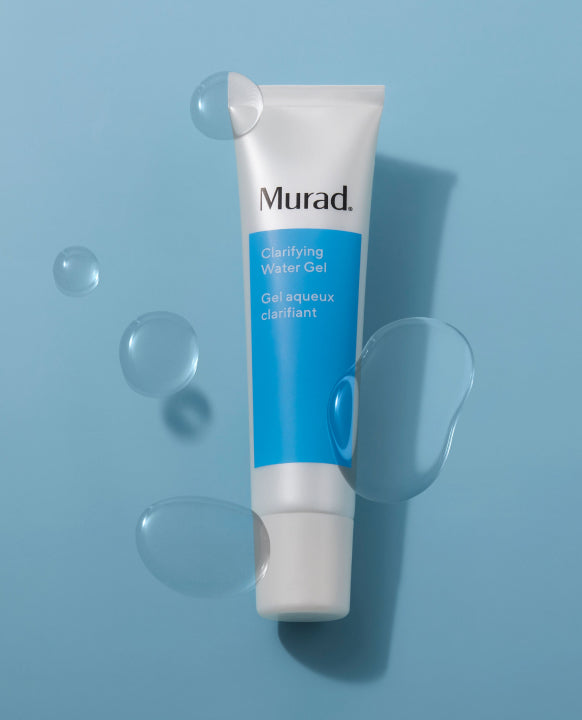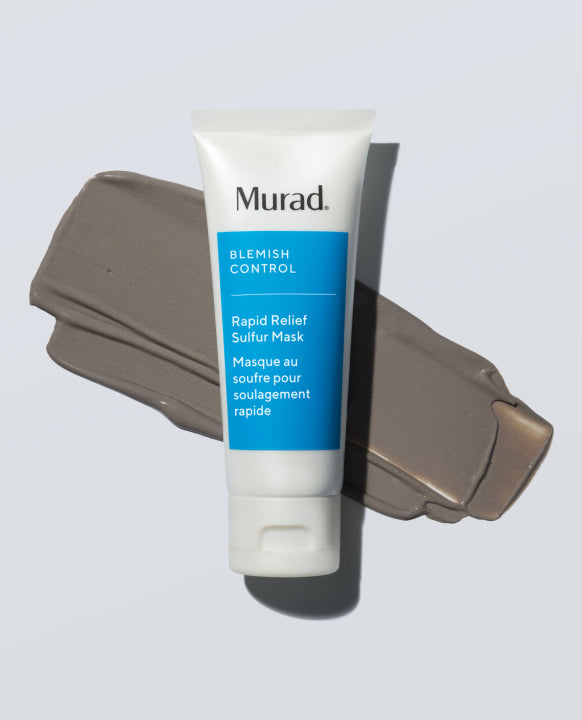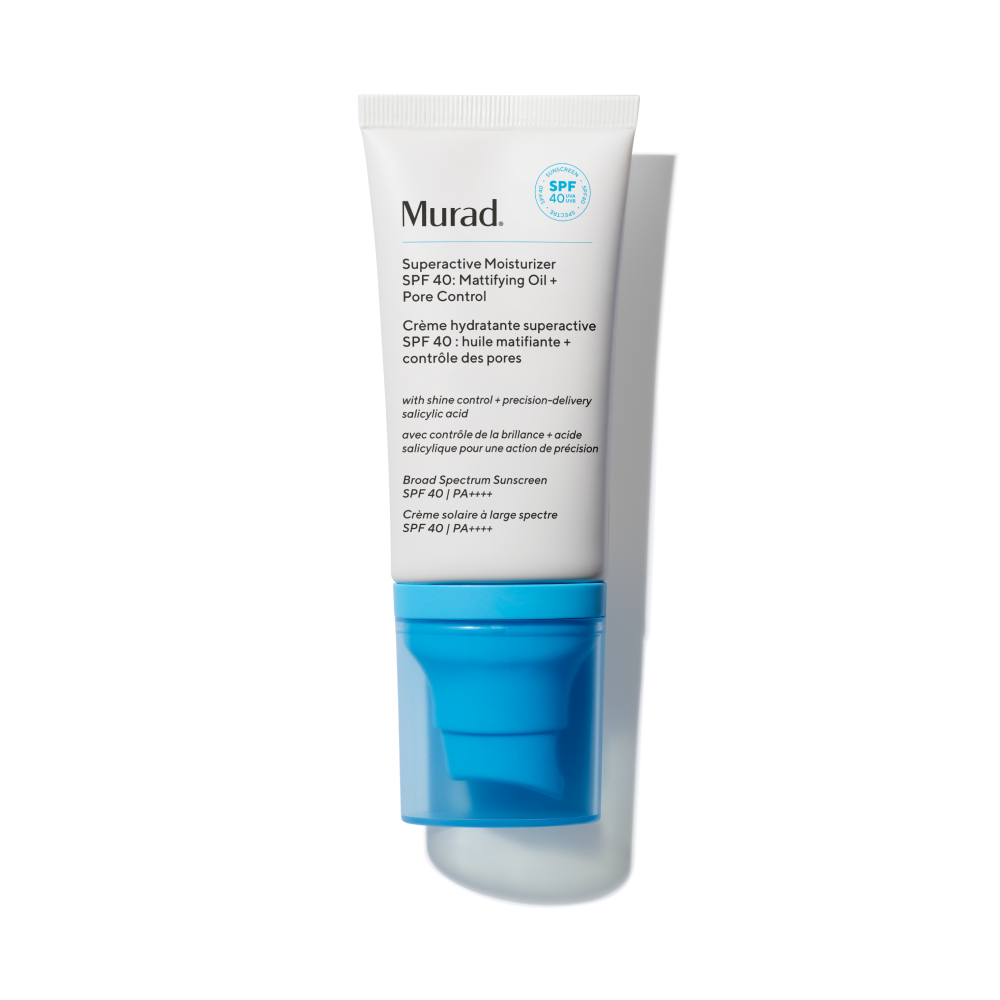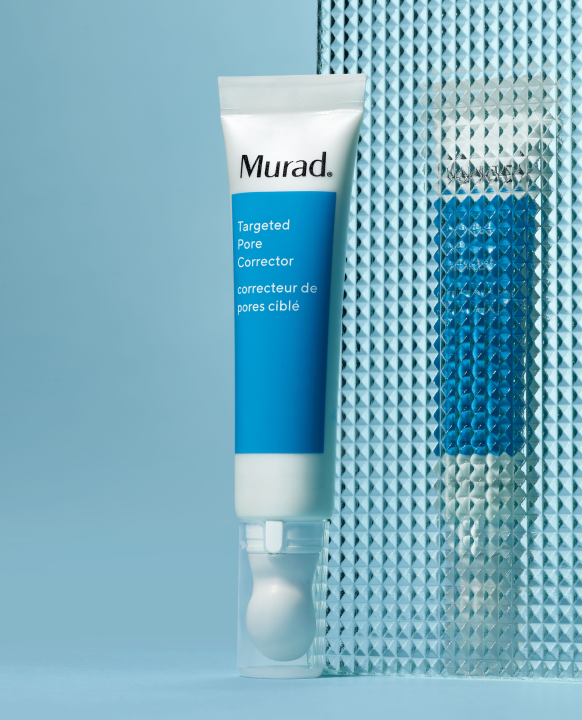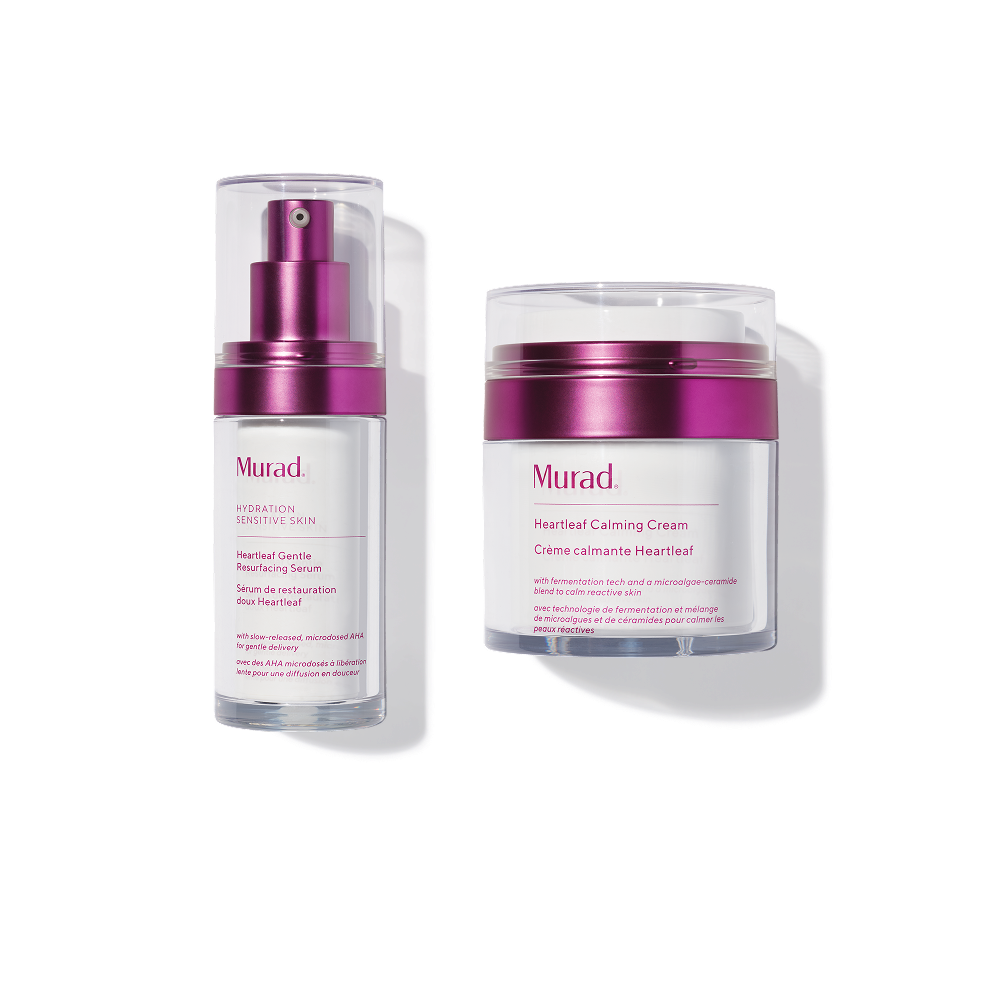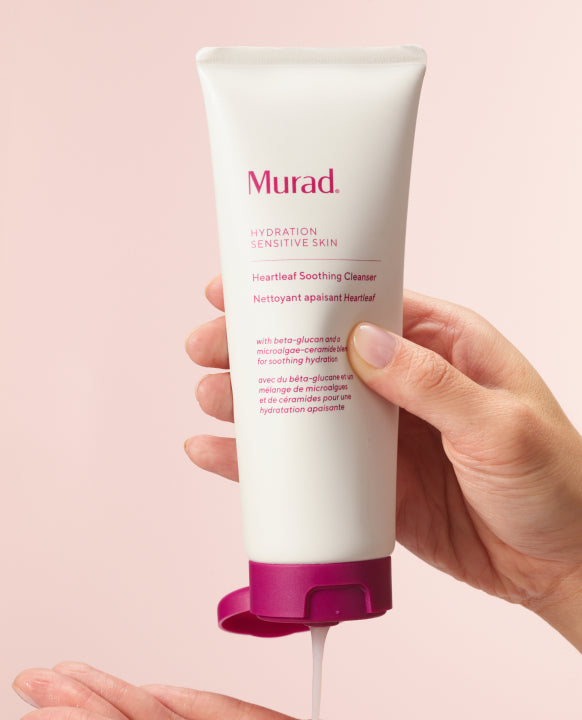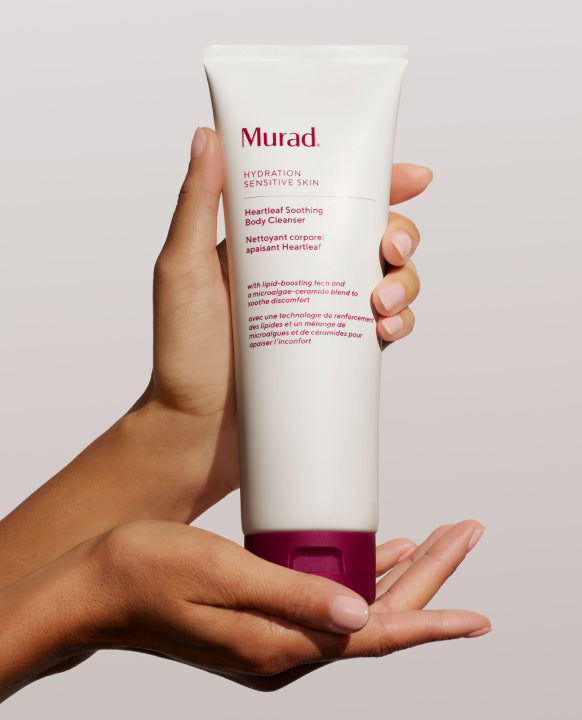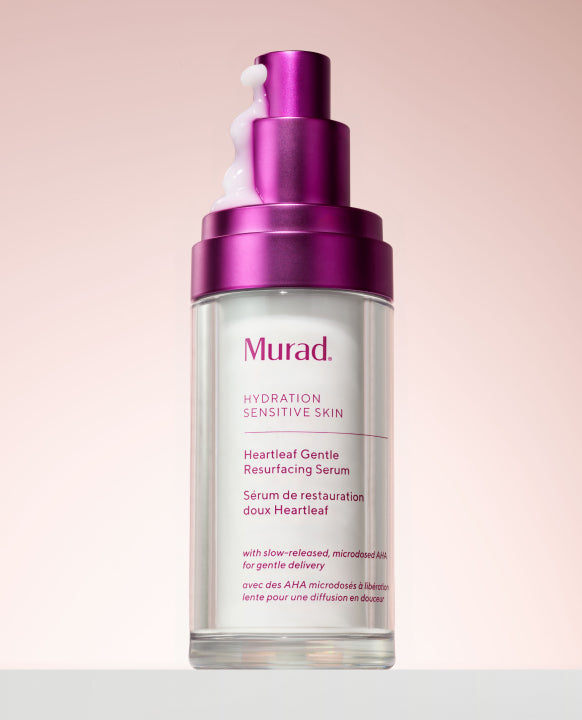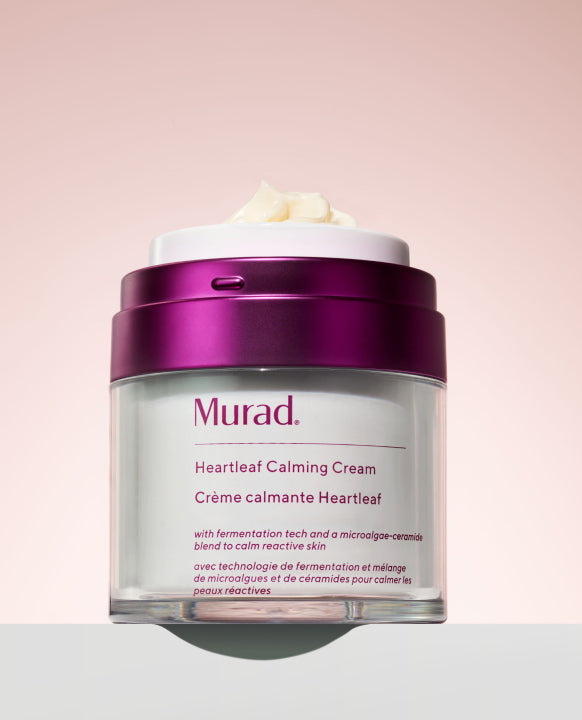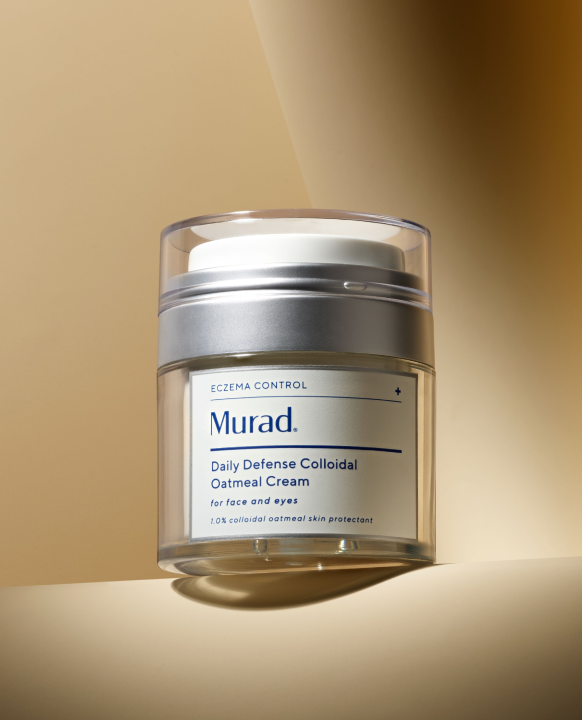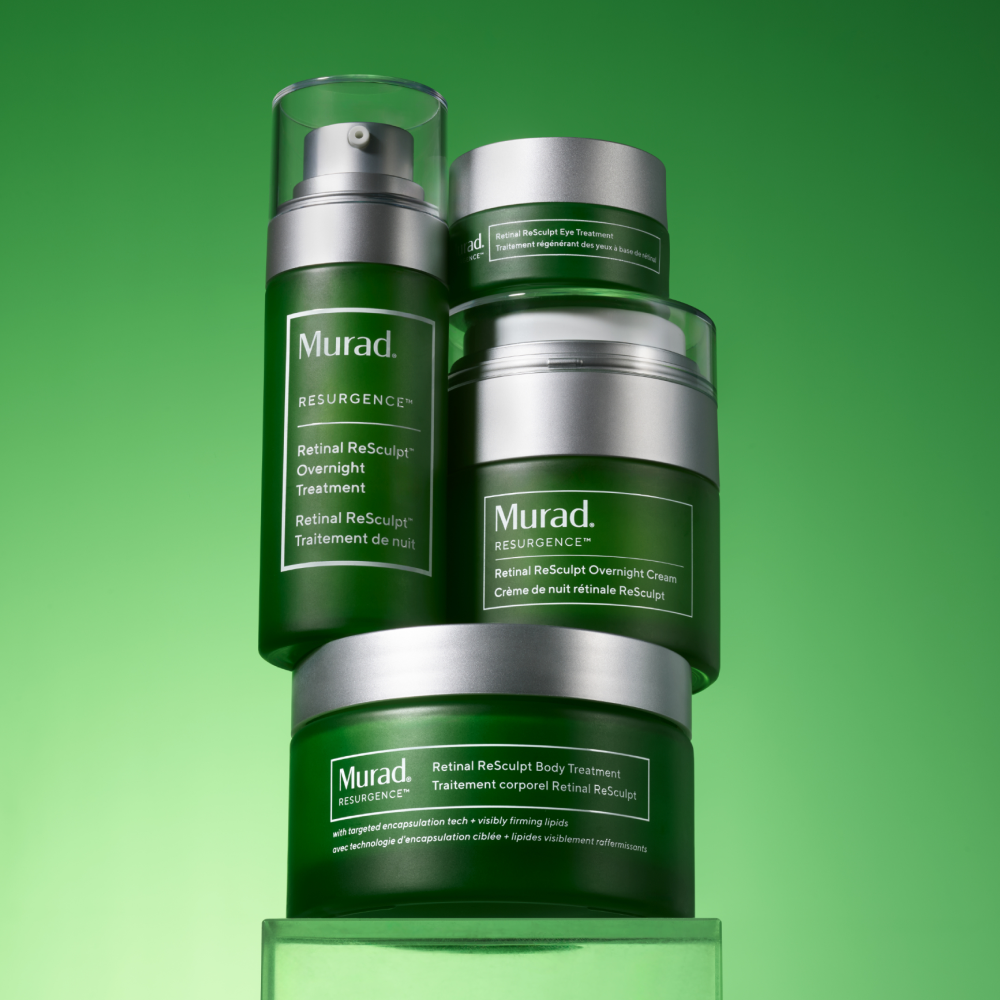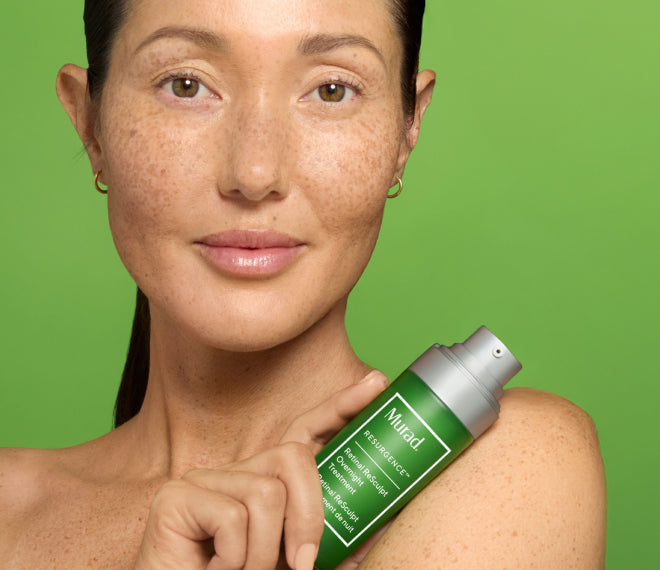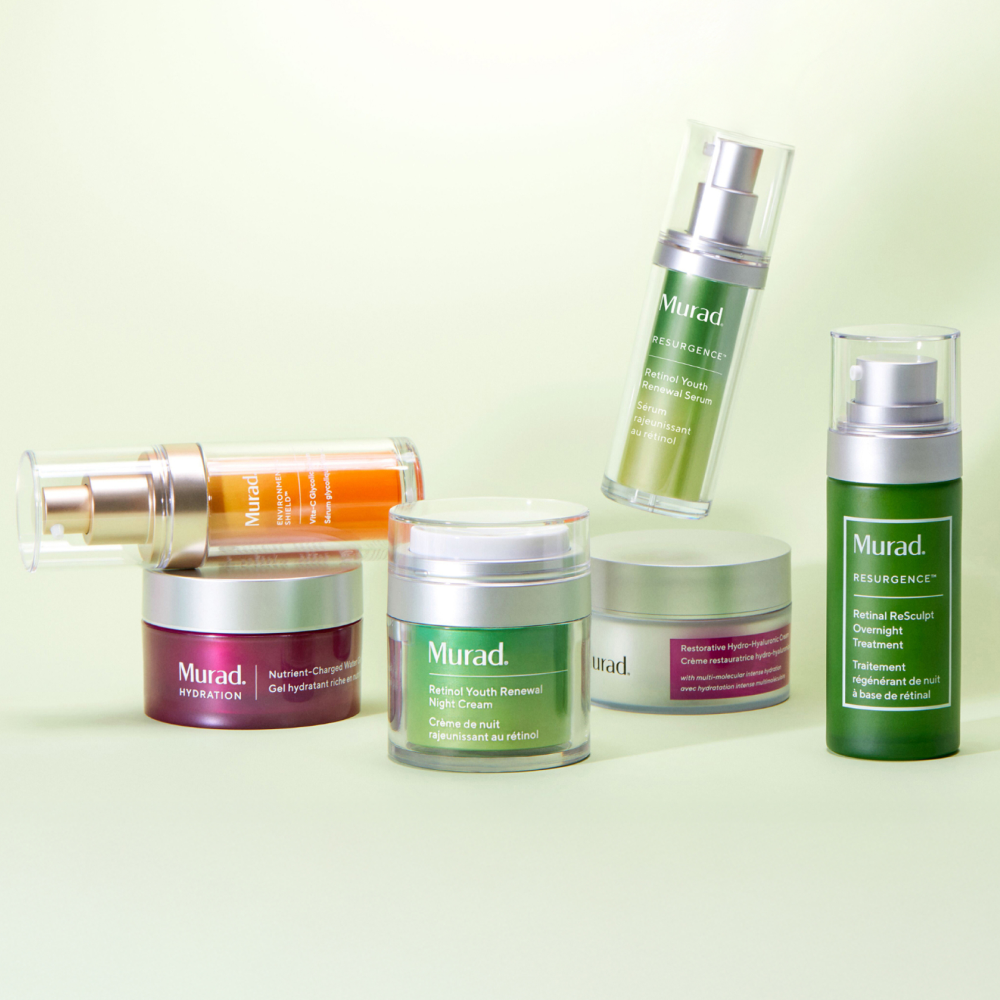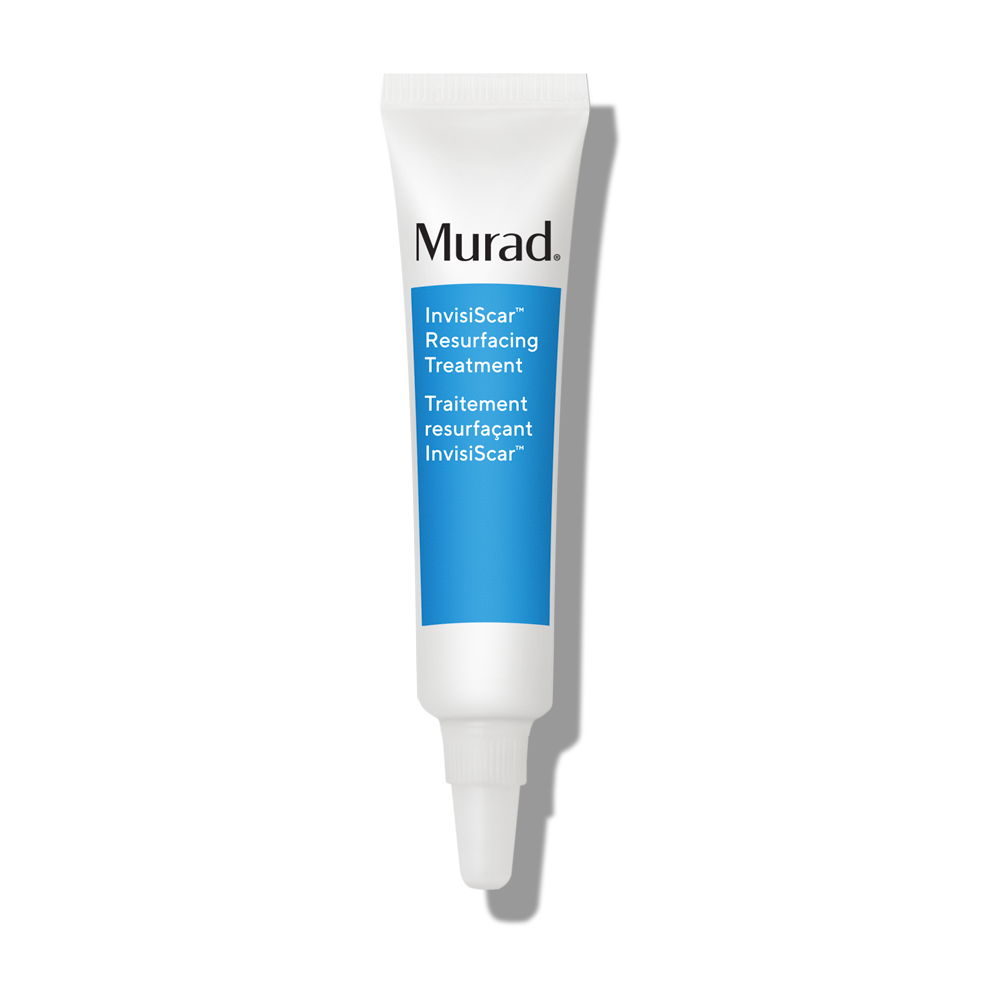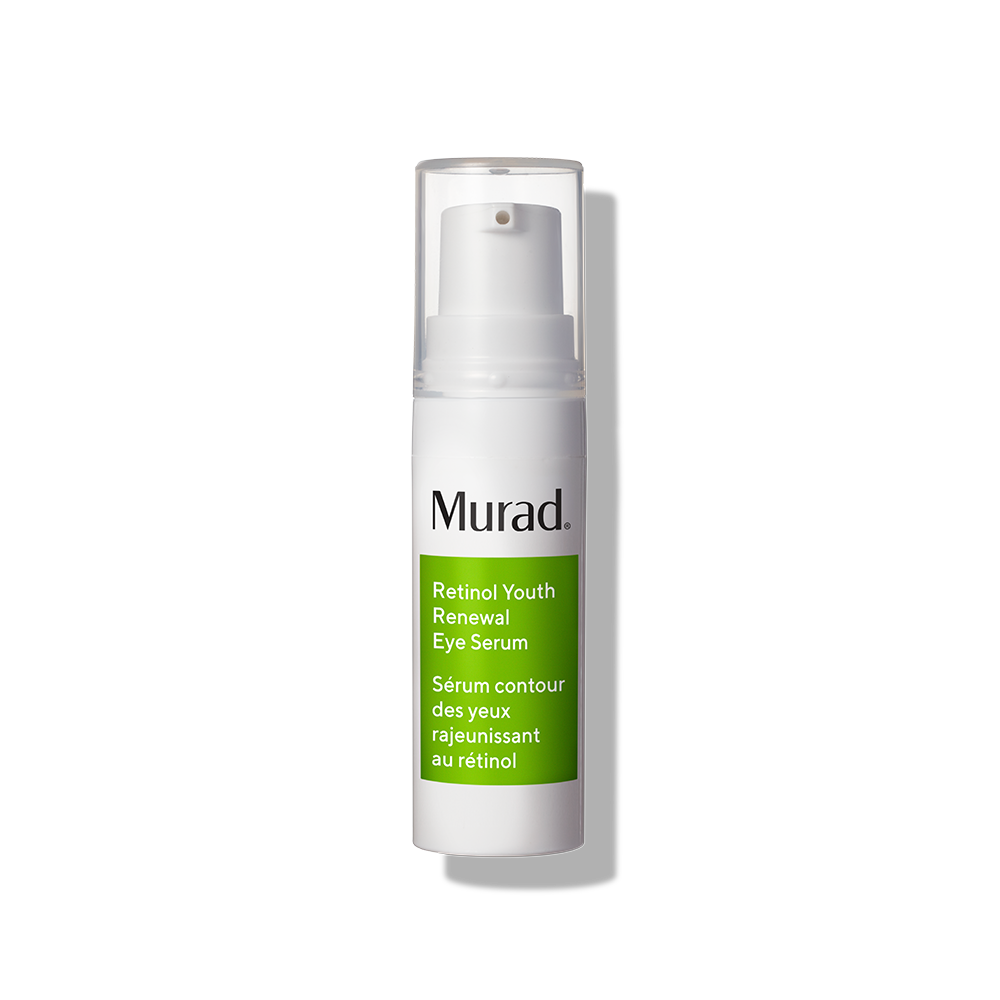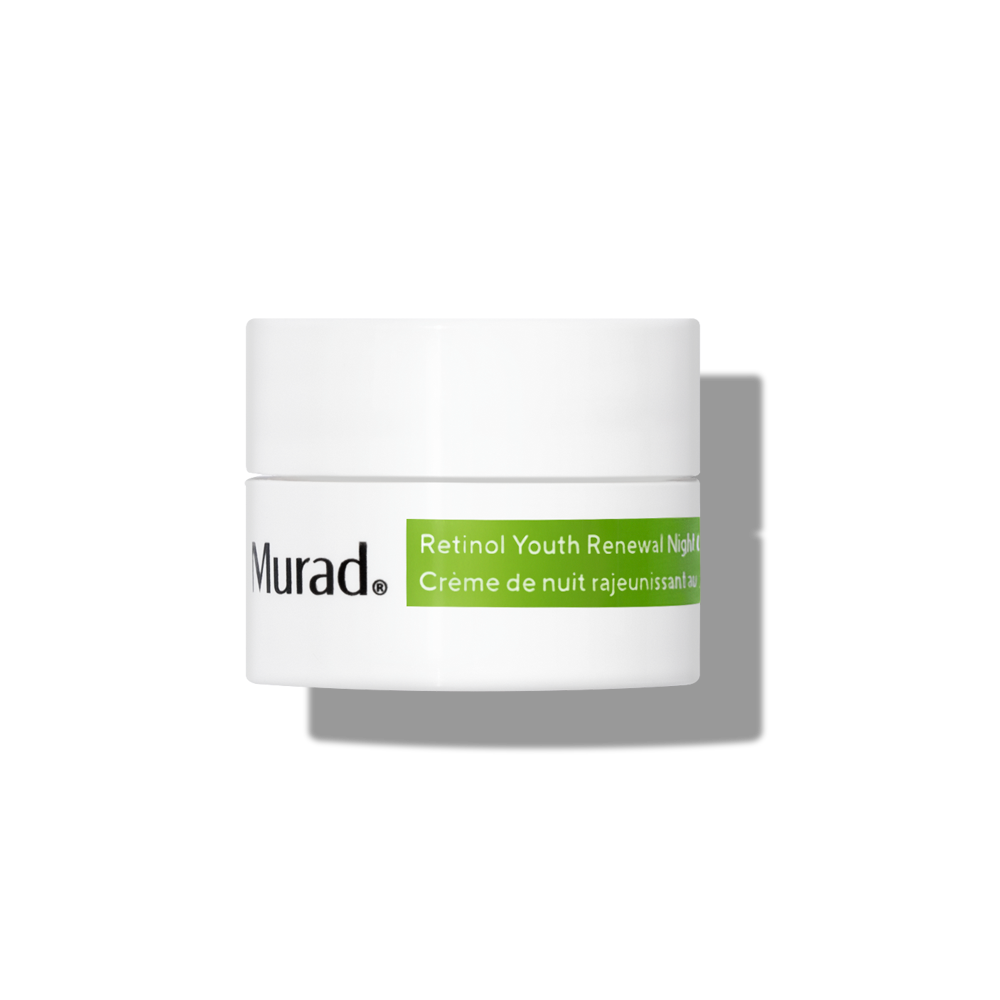Facial filler real talk

Narcissus may have fallen in love with his reflection, but seeing our faces daily on work-from-home devices has not exactly sparked a self-love fest. If anything, more and more of us are shedding societal and self imposed filler stigmas for a shot of self-confidence. “We’ve certainly experienced a ‘Zoom Boom’ increase in filler treatments that’s attributed to seeing our faces in the digital space,” says “most loved injector” Gabrielle Pino, PA-C and owner of Privá Medspa. Whether you’re filler curious or a regular who simply wants to know a bit more about what’s going into your face, keep reading for all the facts, including how to extend results between office visits.
What are fillers and how do they work?
Pino: Fillers are gel-like substances that are injected into or under the skin to add volume and soften lines on the skin. Fillers work by literally “filling” a void in the soft tissue or skin of the face or body. Some fillers draw water in at the molecular level for a plumping effect and others stimulate collagen over time.
When can I see results and how long will the results last?
Pino: You can expect to see immediate results with most fillers, but keep in mind that swelling can slightly alter the results for around 2 weeks. Fillers can last from around 4 months to 2 years depending on the type of filler, location and volume of filler used. Longevity can vary from patient to patient, so never compare results to a friend’s results because everyone’s metabolism is different.
How do I know which filler is right for me?
Pino: Since there are over 20 FDA approved fillers in the United States, I recommend seeking the advice of an expert in aesthetics to customize a treatment plan that is right for you. There are many similarities between the different filler choices, but it is the experience of the provider that can help to sort out the subtle differences that may make one type of filler better than another for you.
Do filler injections hurt?
Pino: In general, most filler injections are tolerable. Small needles are used, and most experienced providers have ways of reducing discomfort with a topical anesthetic, injectable anesthetic blocks and ice. We can also reduce any nervous feelings about procedures with the use of low-dose anesthetic gas like nitrous oxide.
Are there any side effects to fillers?
Pino: More common side effects include temporary discomfort, swelling and bruising, and tend to resolve in less than 2 weeks. Contour irregularities can occur in patients with thin skin, which is why it is very important to discuss filler choice with an experienced injector. Although extremely rare, there is a risk of infection and vascular occlusion with every filler injection and this should be discussed by your provider.
Is there anything I should do to prepare my skin for fillers?
Pino: Avoid medications such as aspirin, NSAIDS (ibuprofen, naproxen, etc.) and other blood thinners to minimize the risk of bruising. Some herbal supplements, vitamin E, fish oil and garlic can also increase the risk of bruising. The use of ice, avoidance of exercise and massage, and post-procedure topical treatments can reduce the duration of side effects.
Are there home-care products or ingredients that can help prolong results?
Pino: 100%! I like to use the term “skinvestment”: If you’re investing in fillers to treat the deeper layers, taking care of your top layers is a MUST! Keep your skin clean and free of clogged pores to reduce breakouts near the site of filler. Hyaluronic acid and peptides can hydrate and plump the skin, while vitamin A derivatives like retinols or retinoids assist with cell turnover. Don’t forget about brighteners like vitamin C and chemical exfoliants like glycolic or salicylic acid.
How do I make sure I’m getting my filler from a trained professional?
Pino: Credential requirements vary from state to state. Providers who have appropriate credentials typically advertise their licensed status and can be verified with your state health department. Seek treatments only from licensed professionals with credentials such as MD/DO, PA, APRN, or RN. Make sure your provider only uses product that is obtained directly from the manufacturer and not from third parties. Remember: If pricing sounds too good to be true, it probably is!
How do I know if I’m ready for fillers?
Pino: If you’re starting to notice lines or loss of volume, speak to a professional. There are often ways to slow the progression even if you’re not quite ready for fillers.
Can I get fillers before or after I’ve been vaccinated?
Pino: There’s very limited data about the COVID-19 vaccine and how it specifically relates to filler. However, I do advise patients to wait a minimum of 2 weeks before and after the vaccine due to the potential for a slight immune response—but the same recommendation applies for all vaccines and any viral illness.
The views expressed in this article do not necessarily represent the views of Murad, and are for informational purposes only, even if the advice of physicians and medical practitioners are included. This article is not a substitute for professional medical advice, diagnosis or treatment, and should not looked be considered specific medical advice.
About the Author
Jacki Marzano is SoCal-based storyteller and head copywriter at Murad Skincare. She's shaped the voice of some of the most recognized beauty brands in the business, has a penchant for sharing homemade cookies, and believes SPF is the secret to getting carded well into your 40s.
